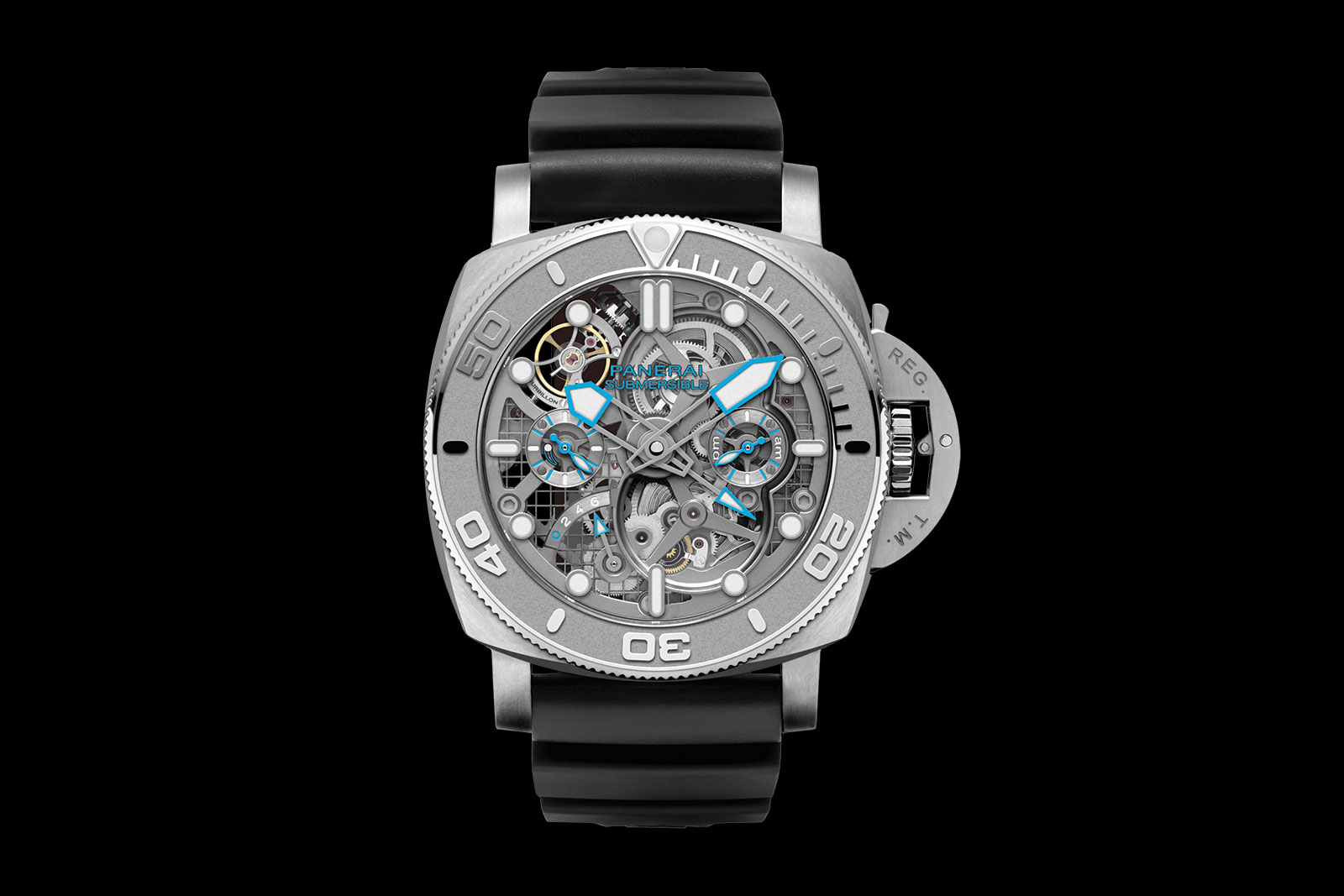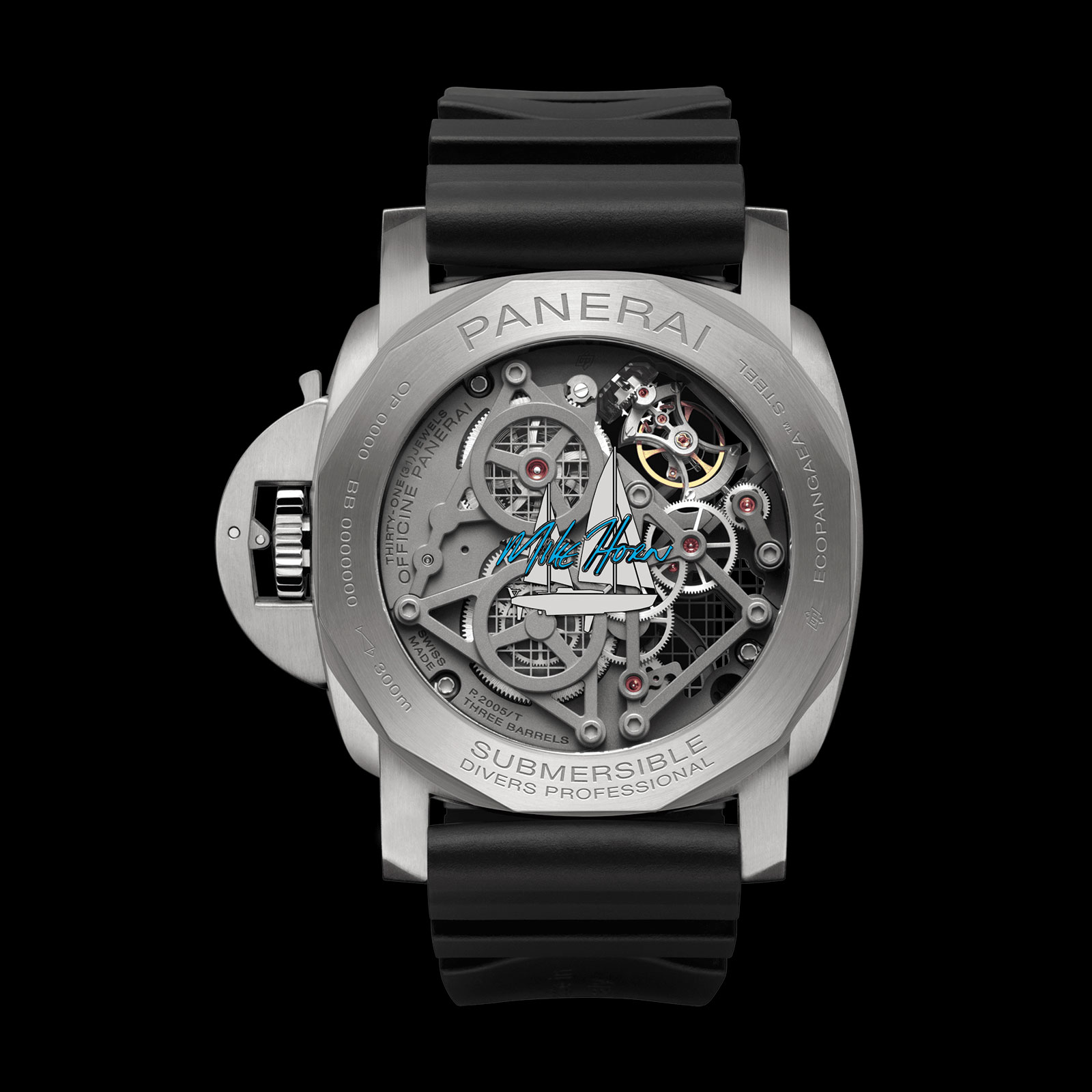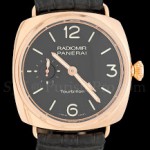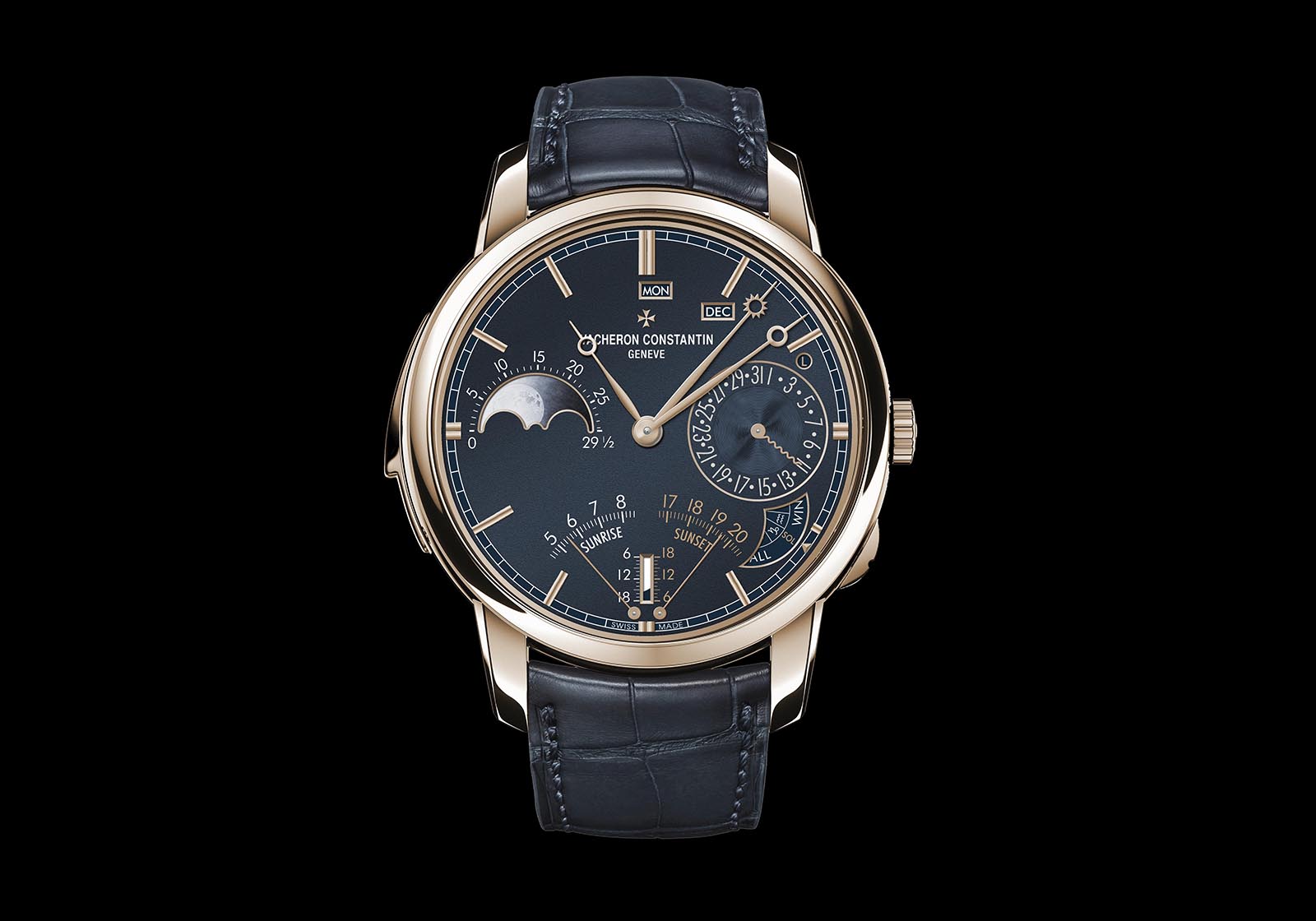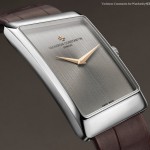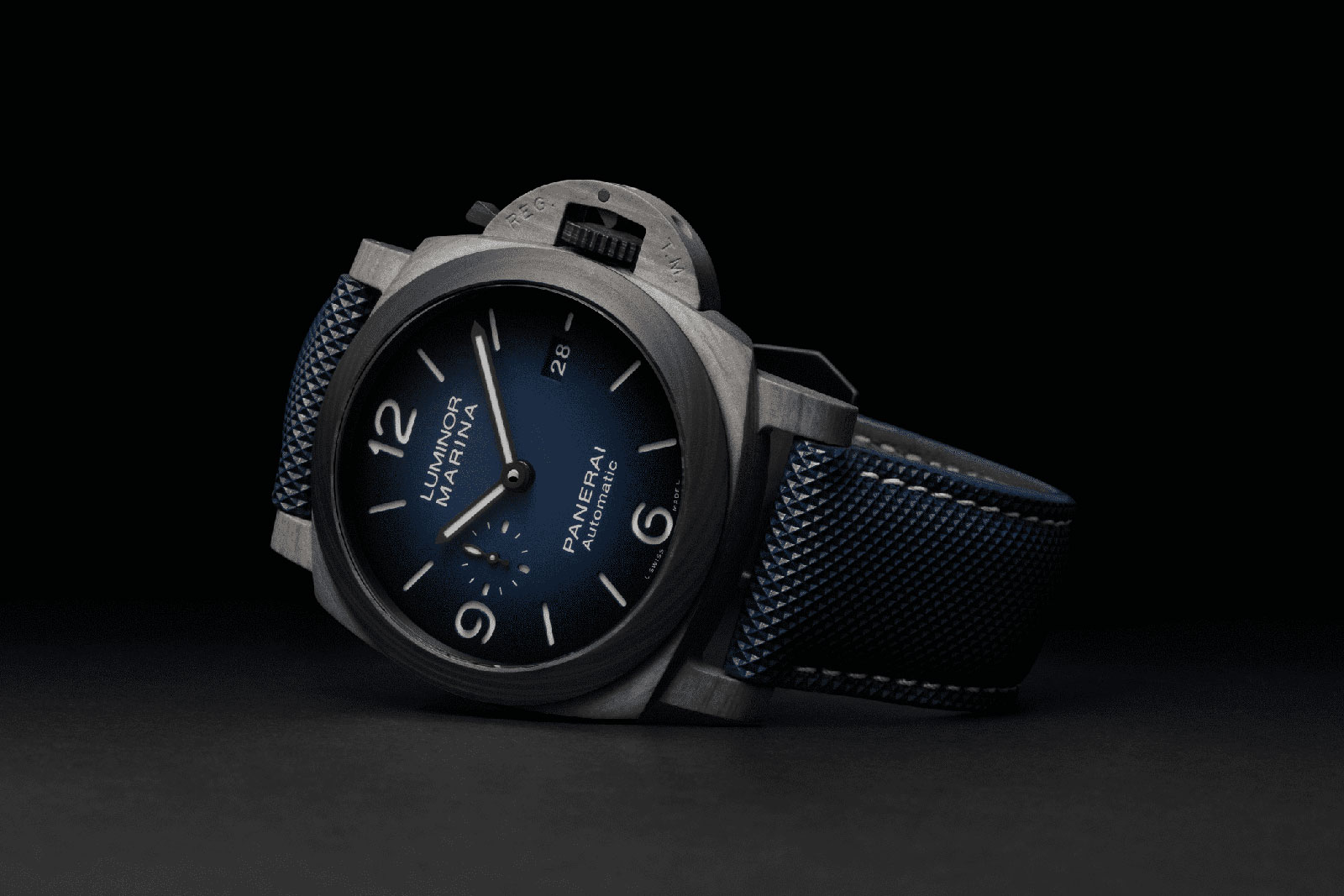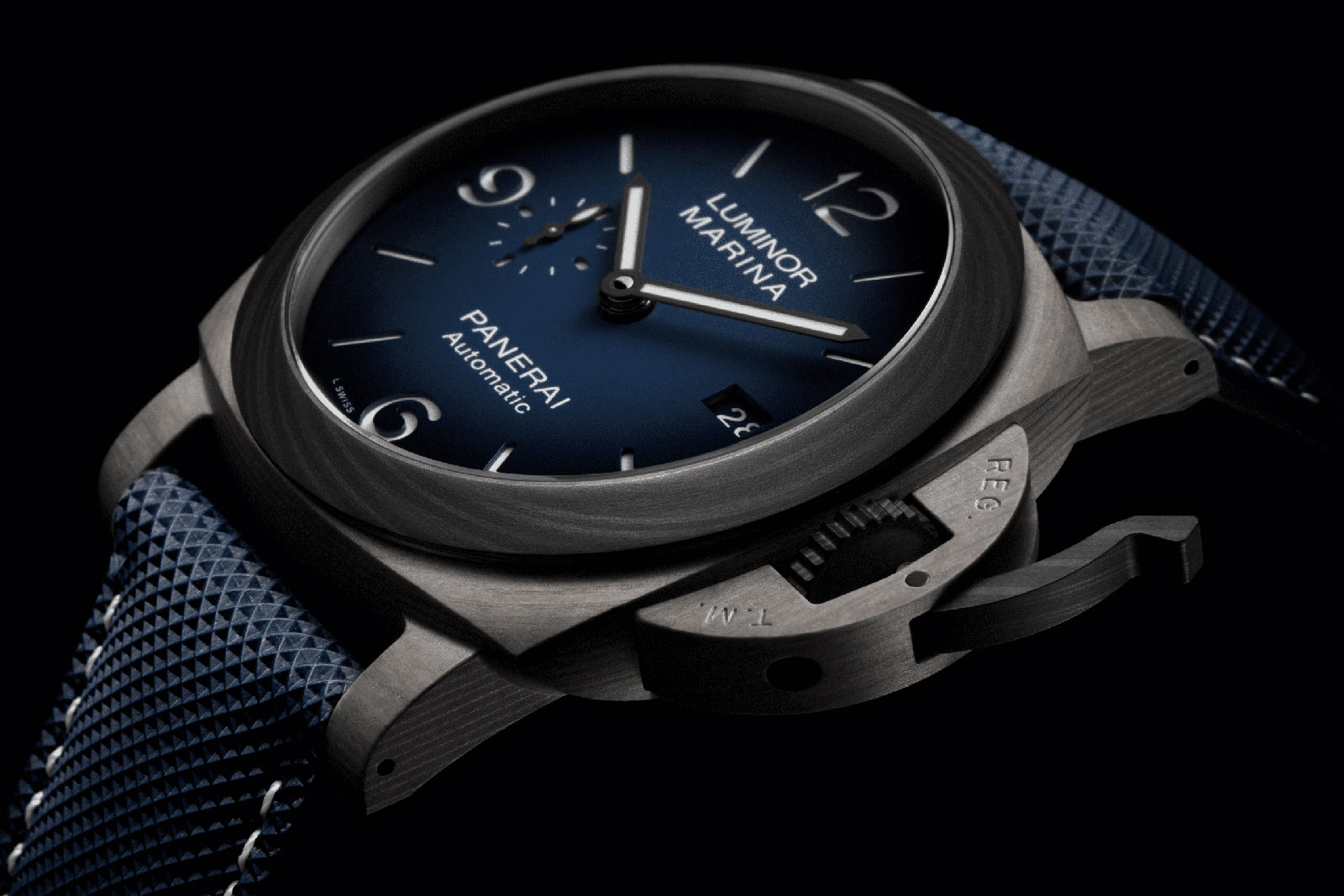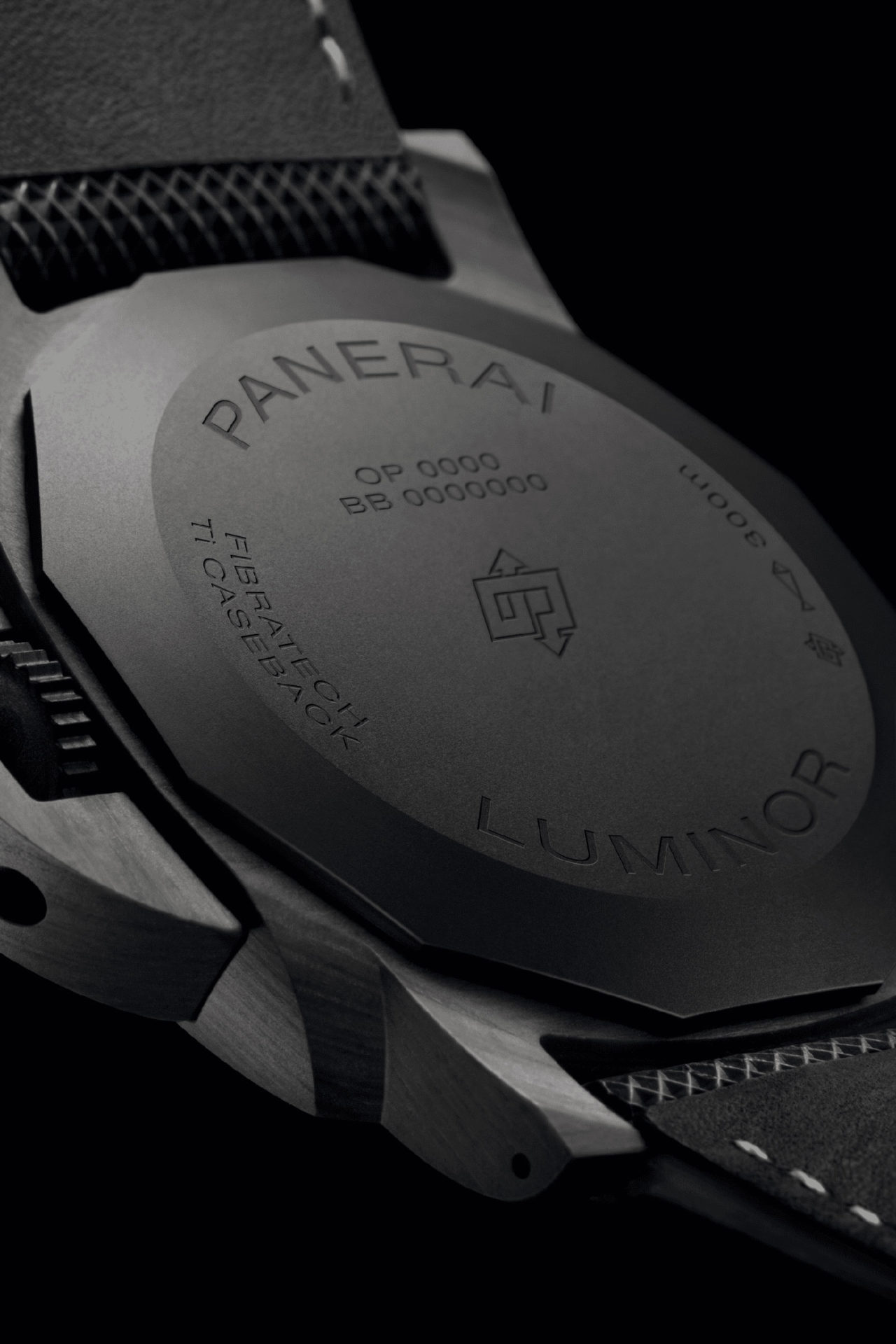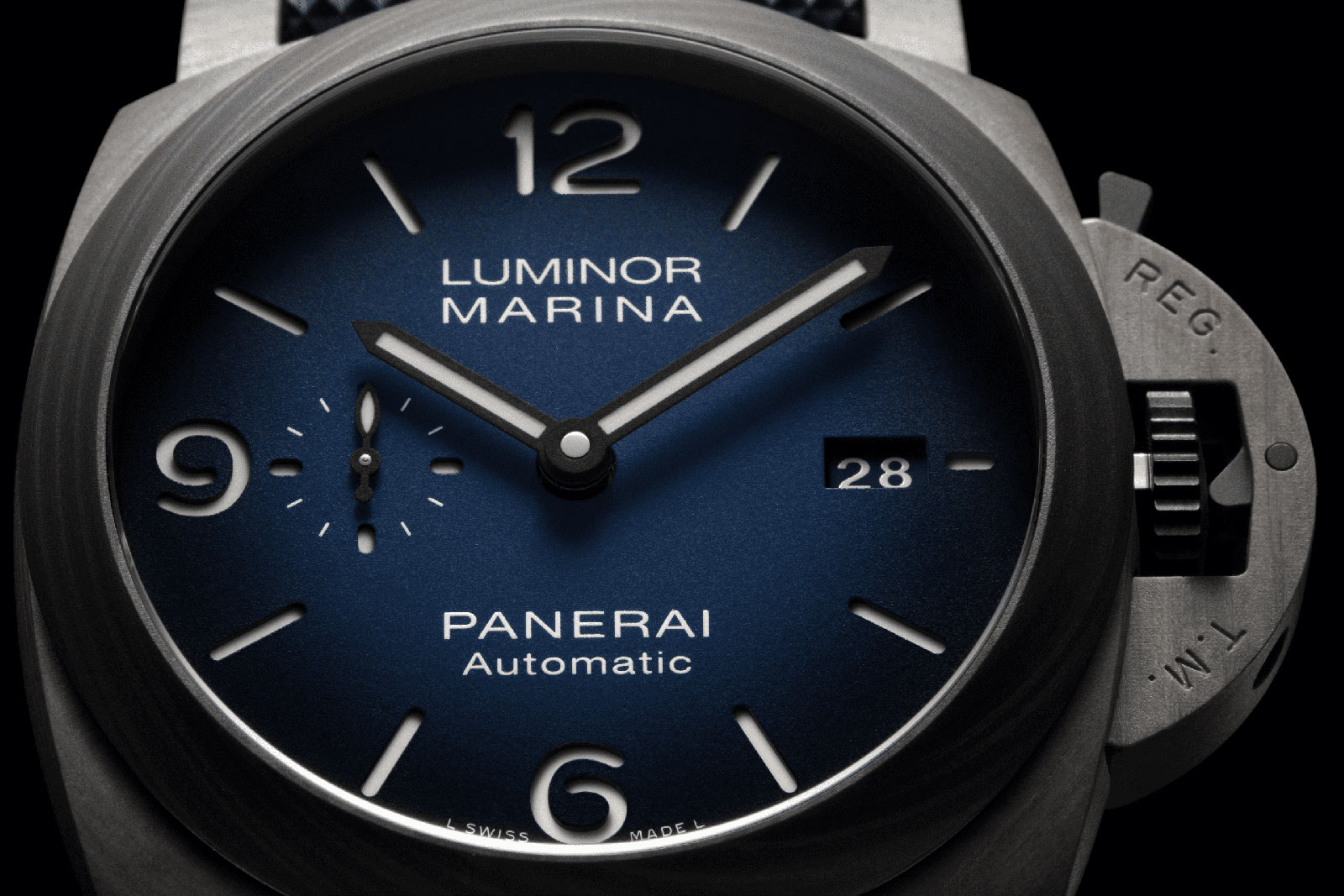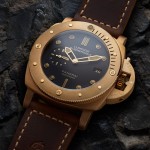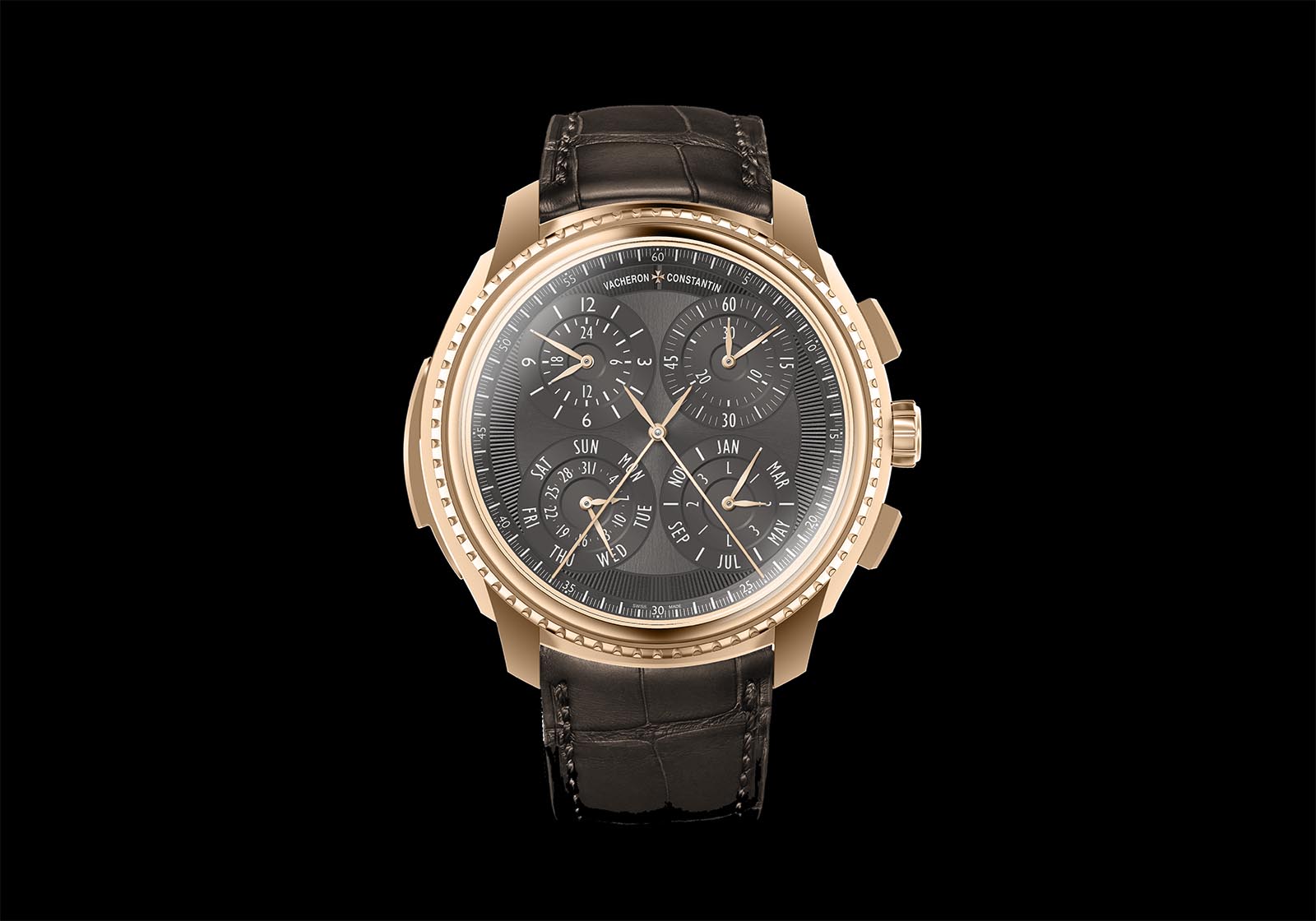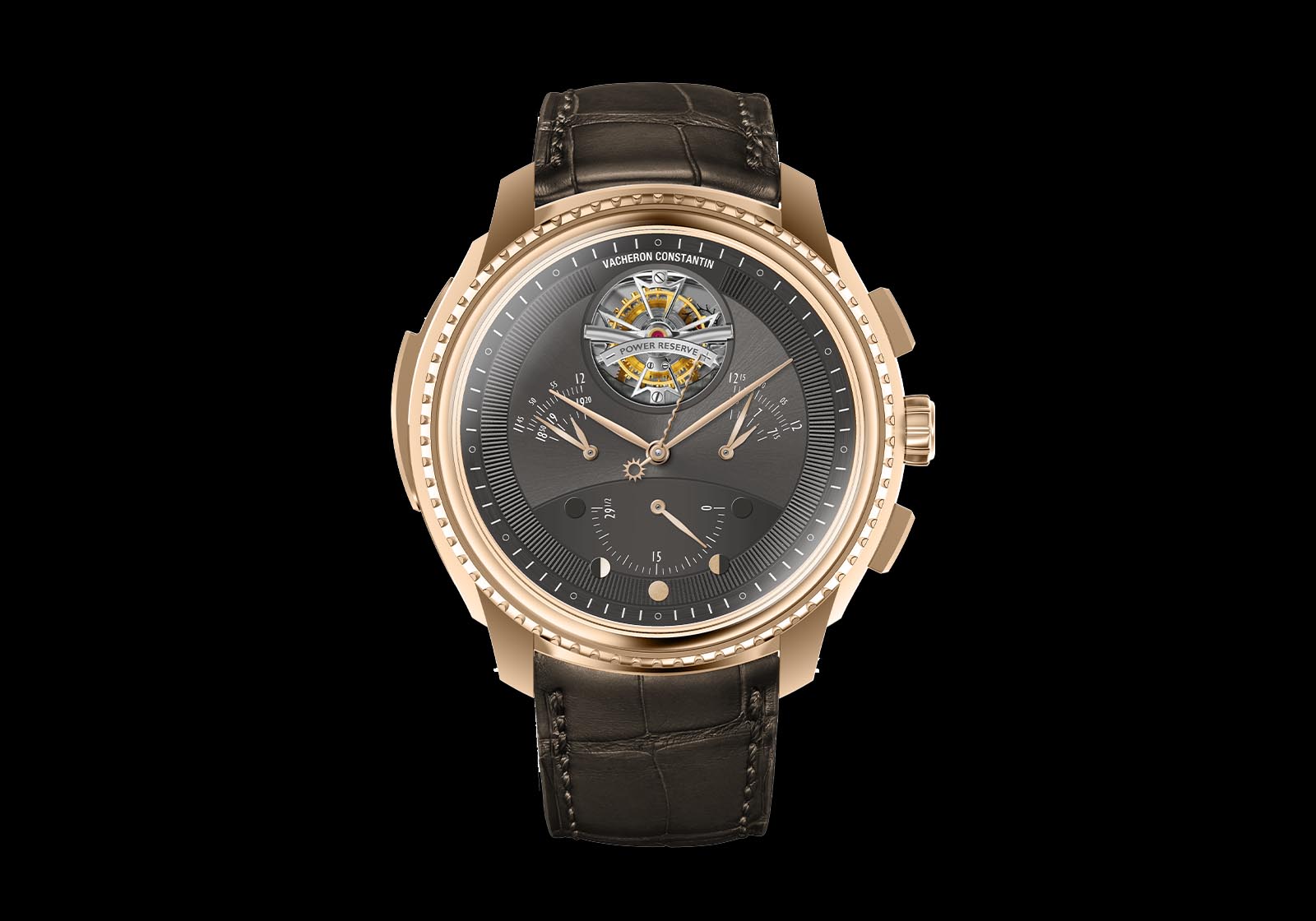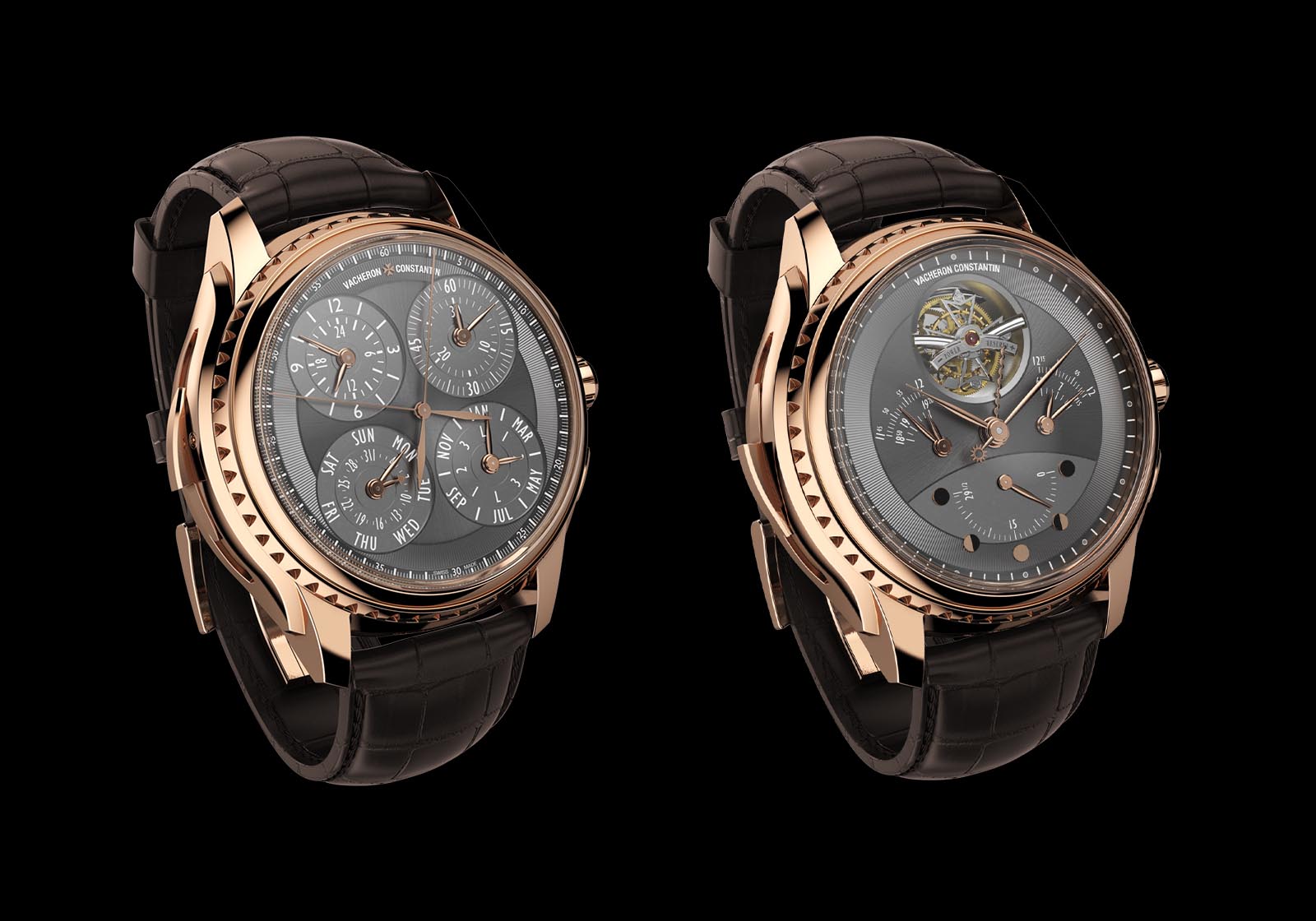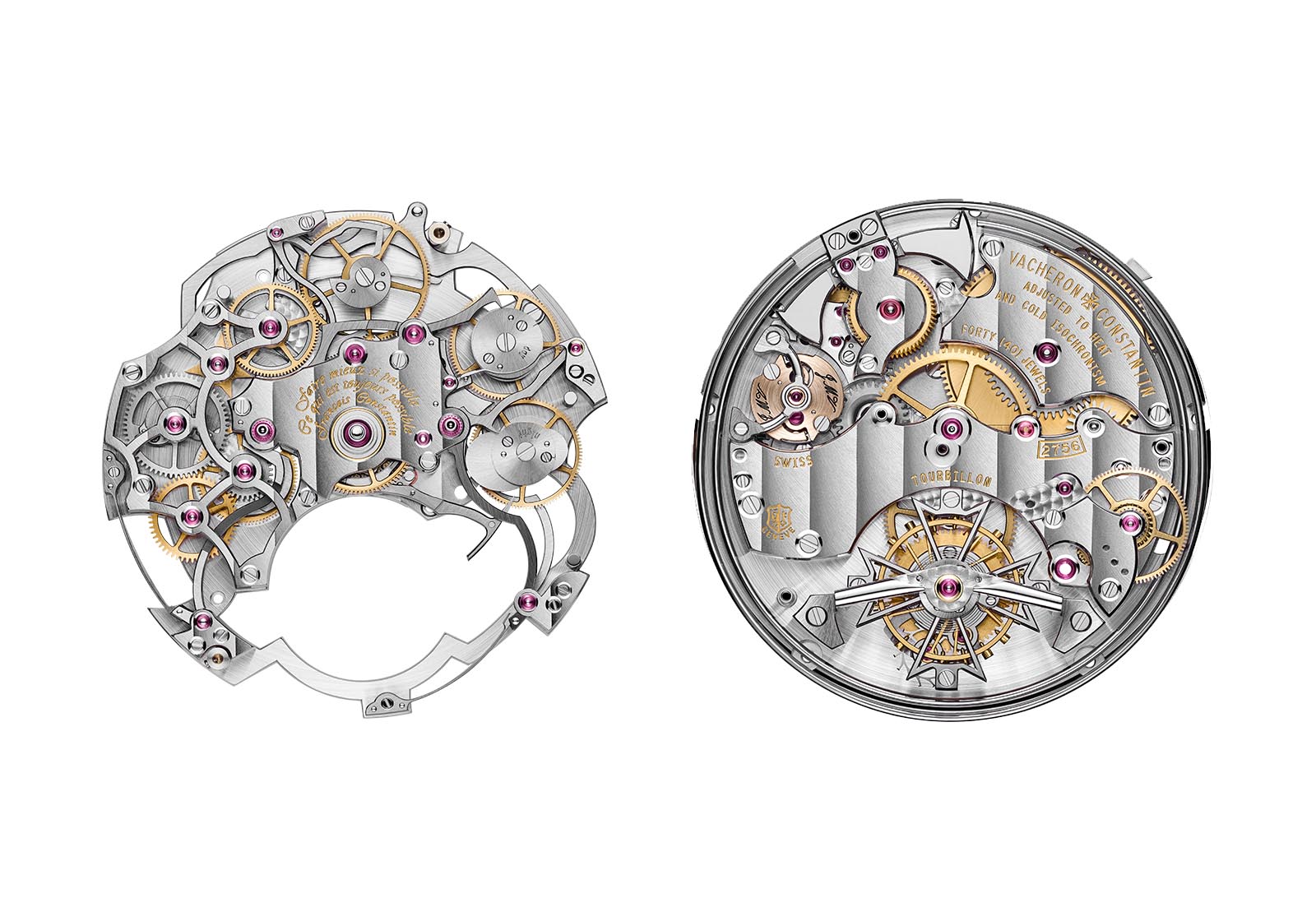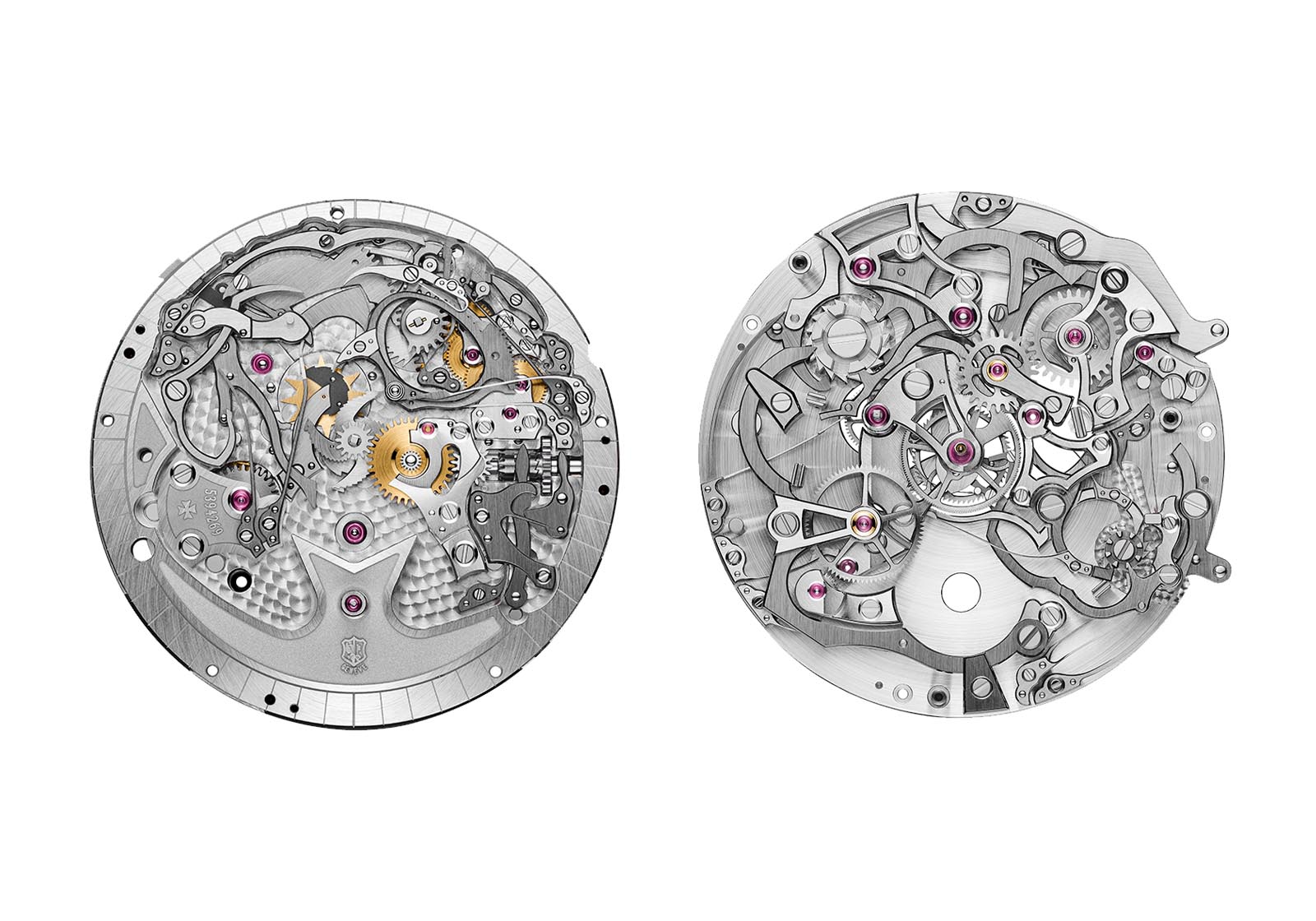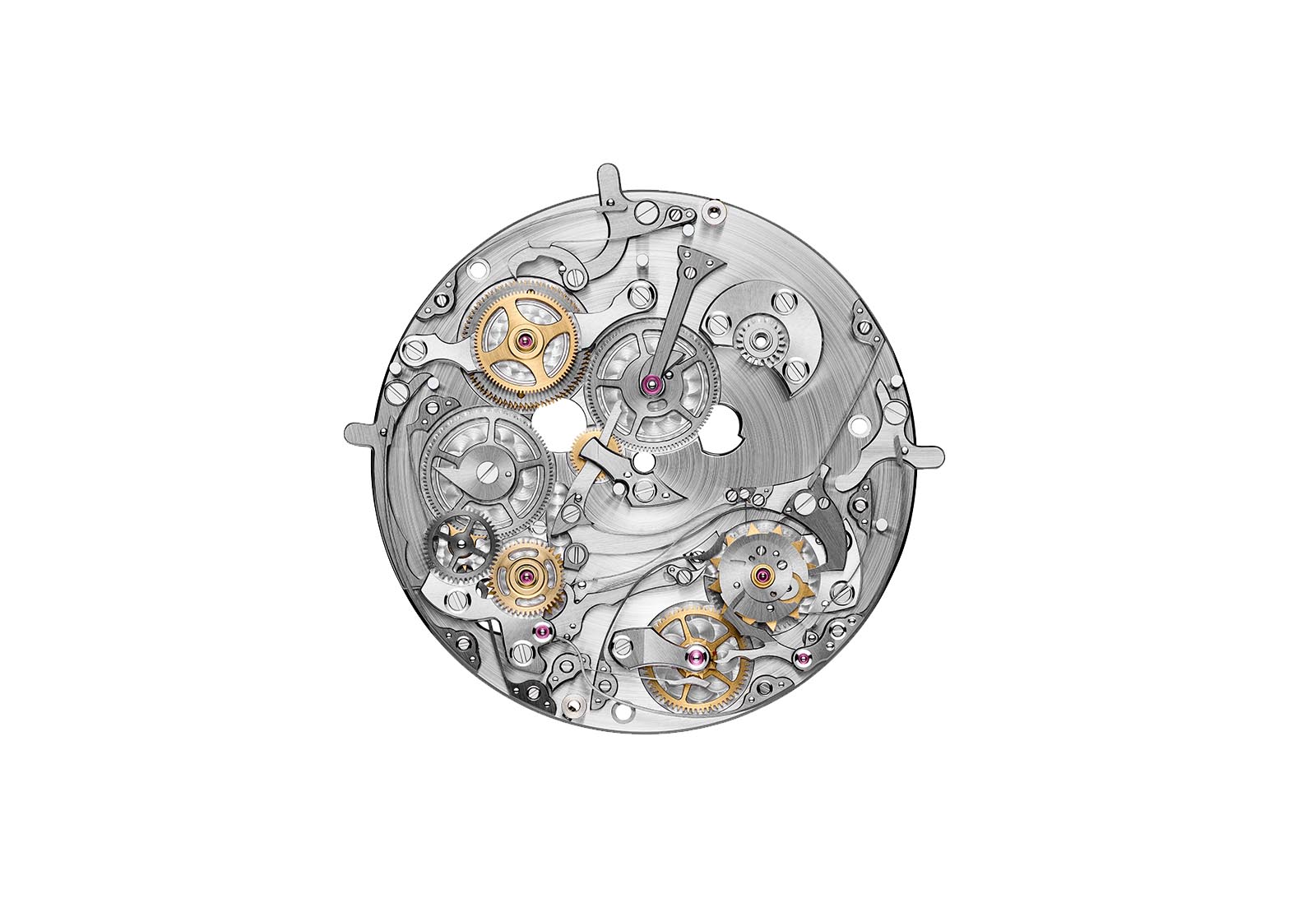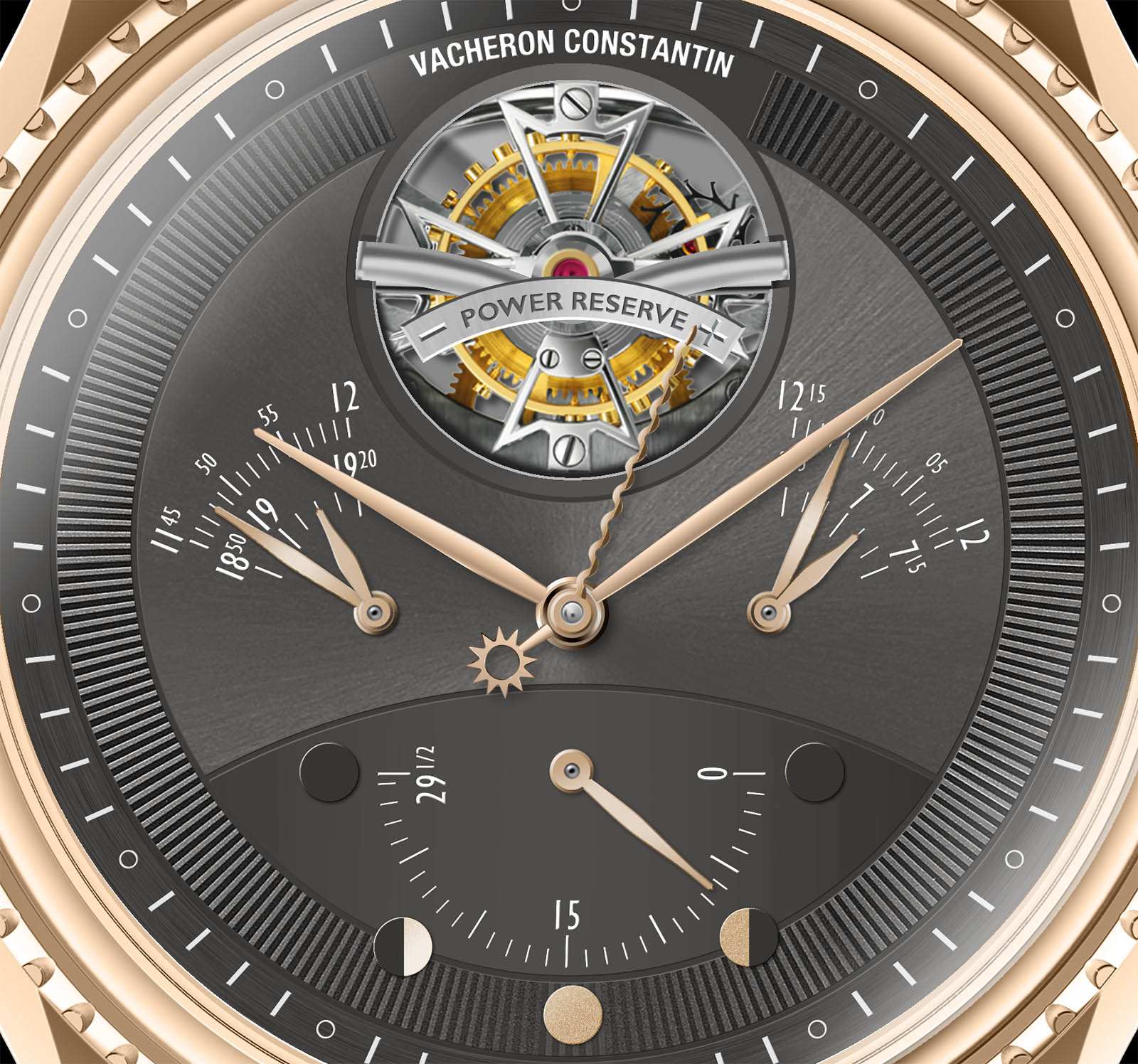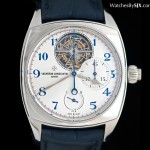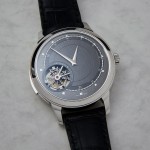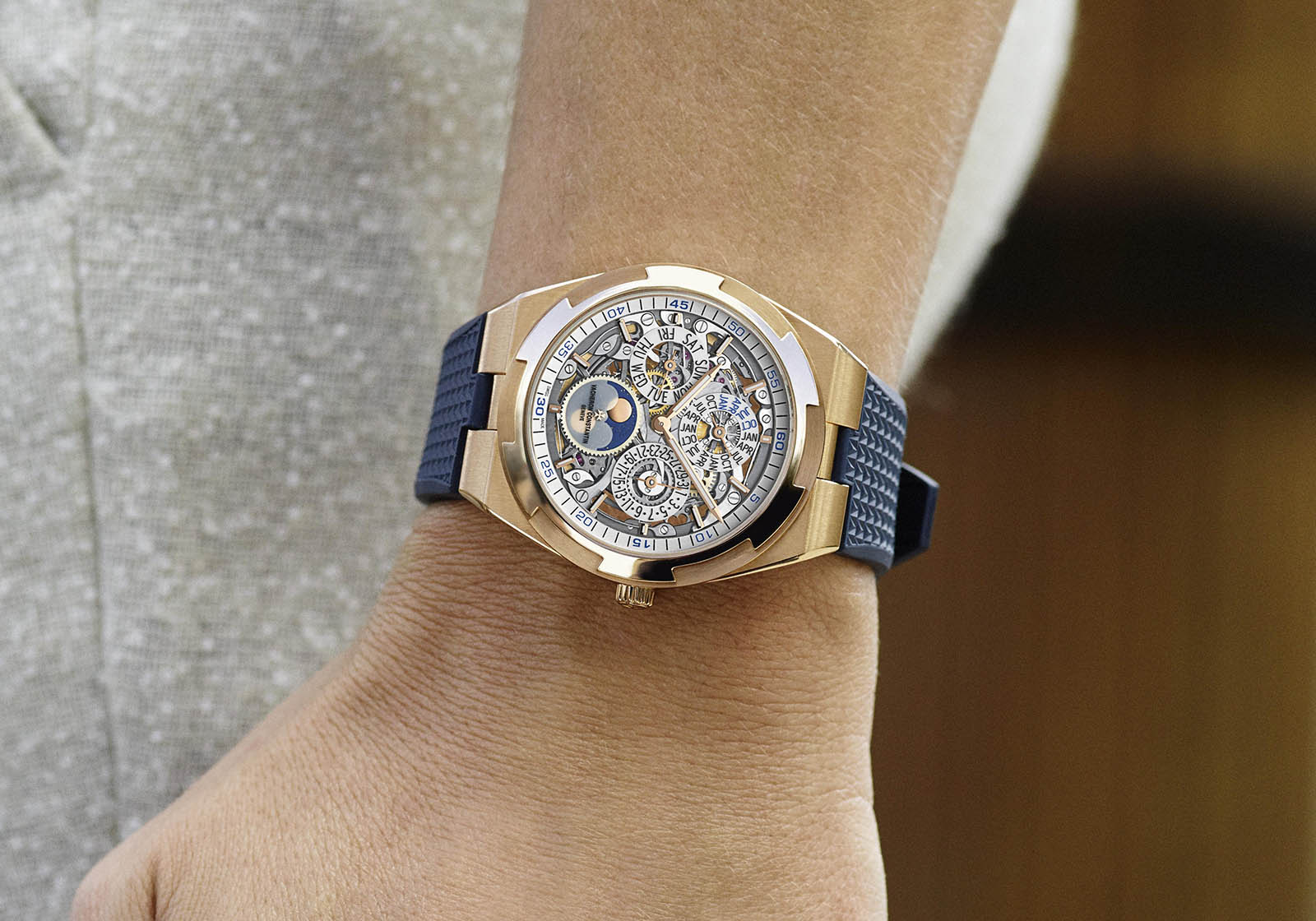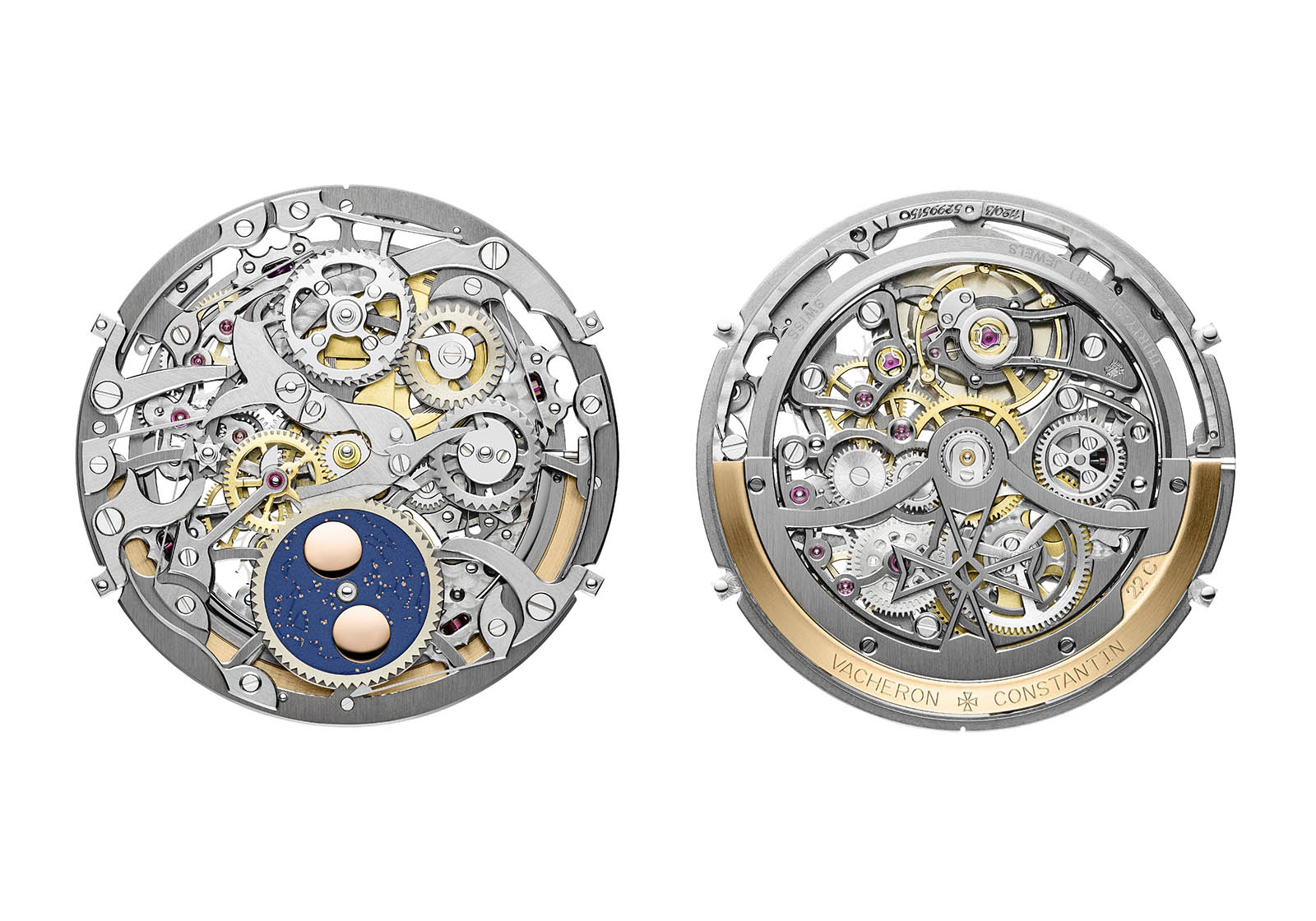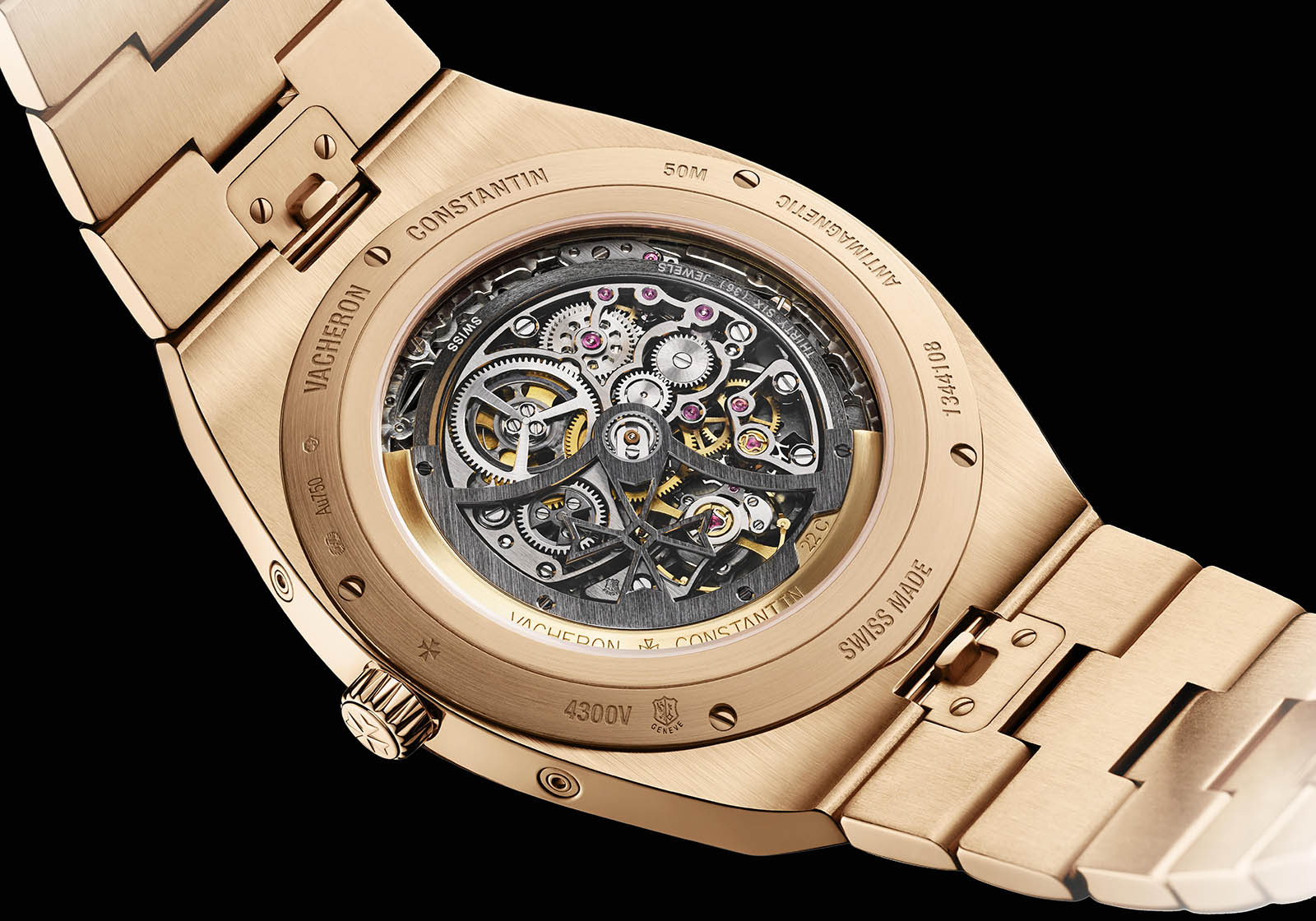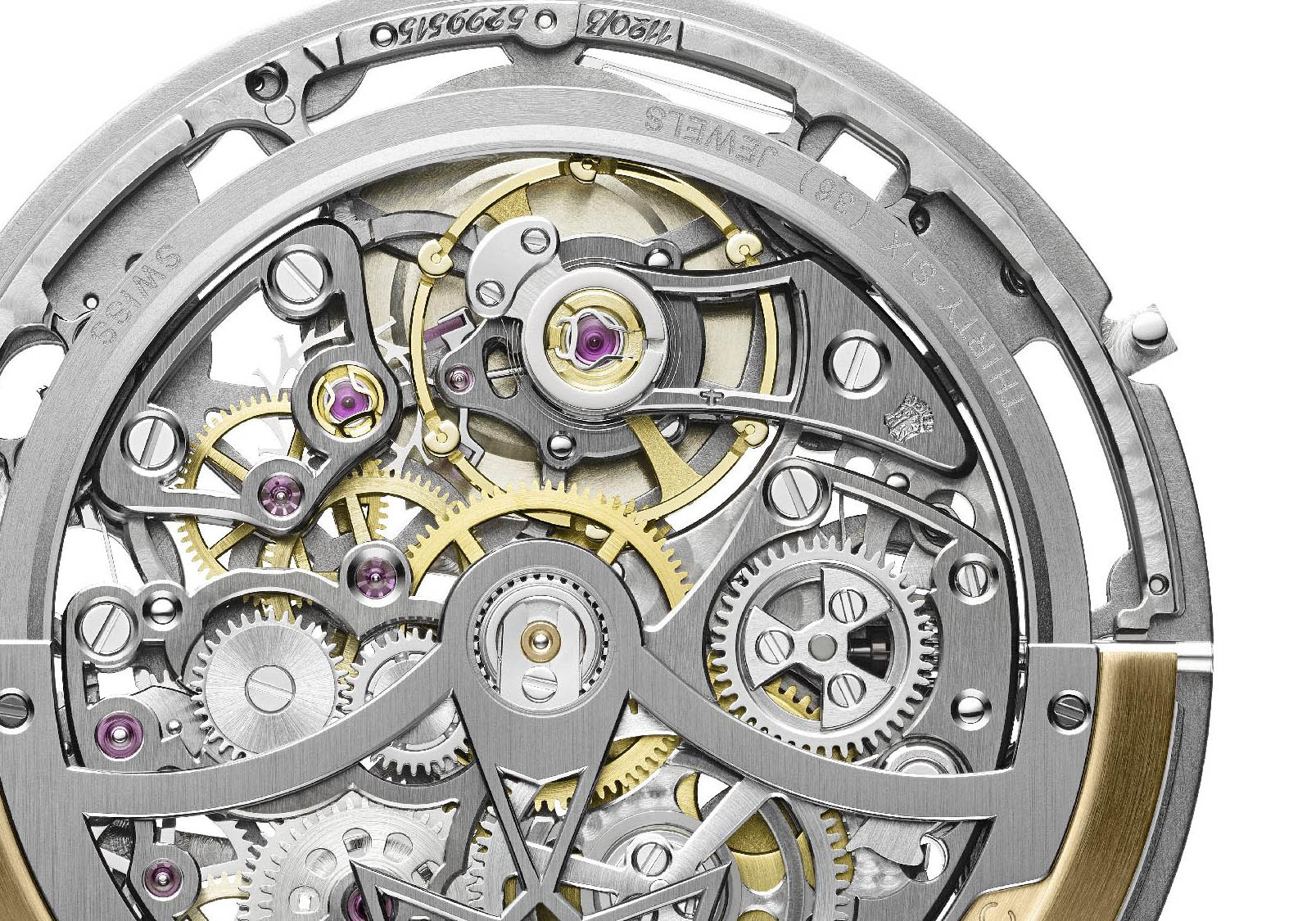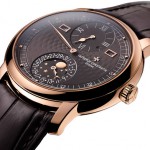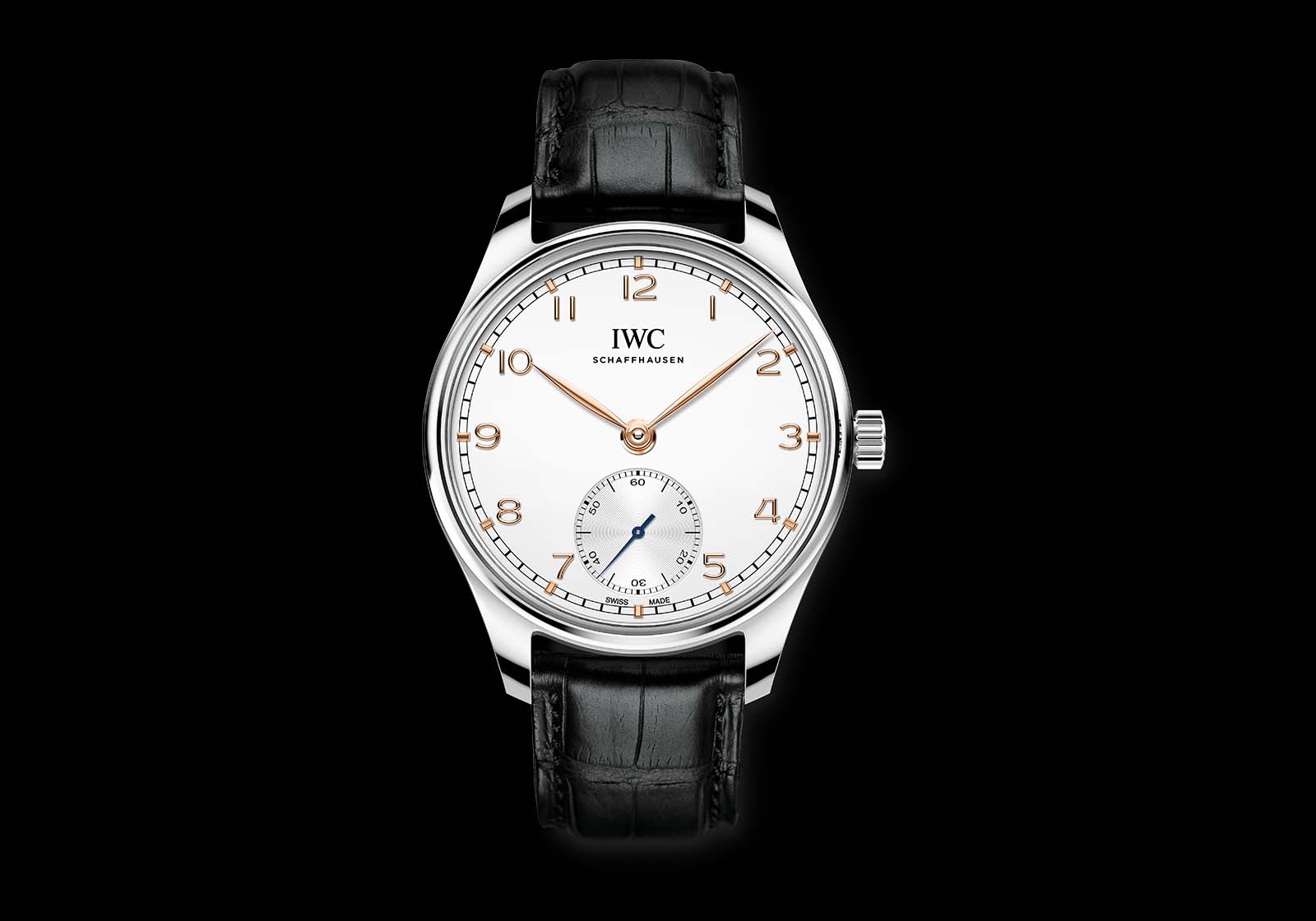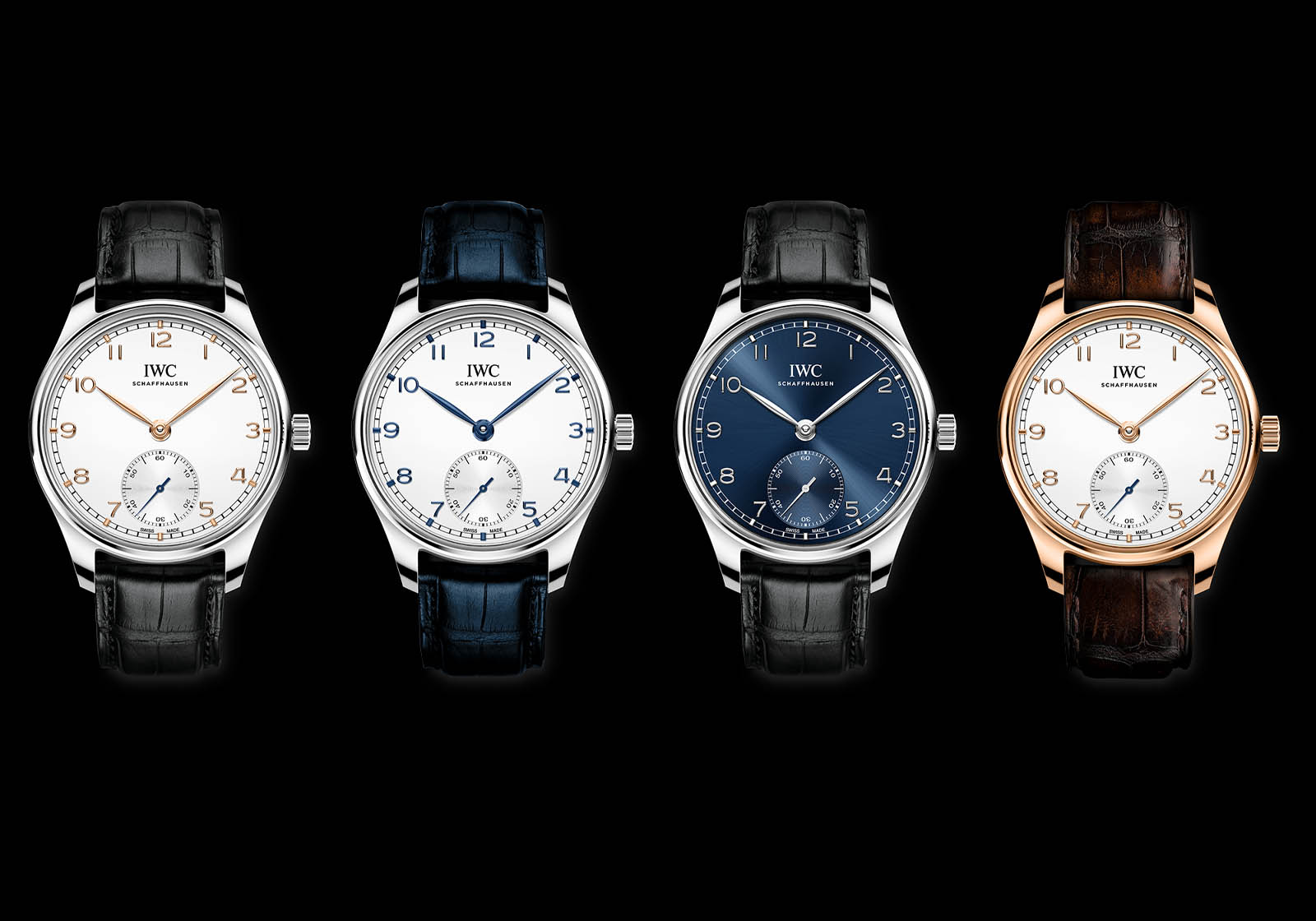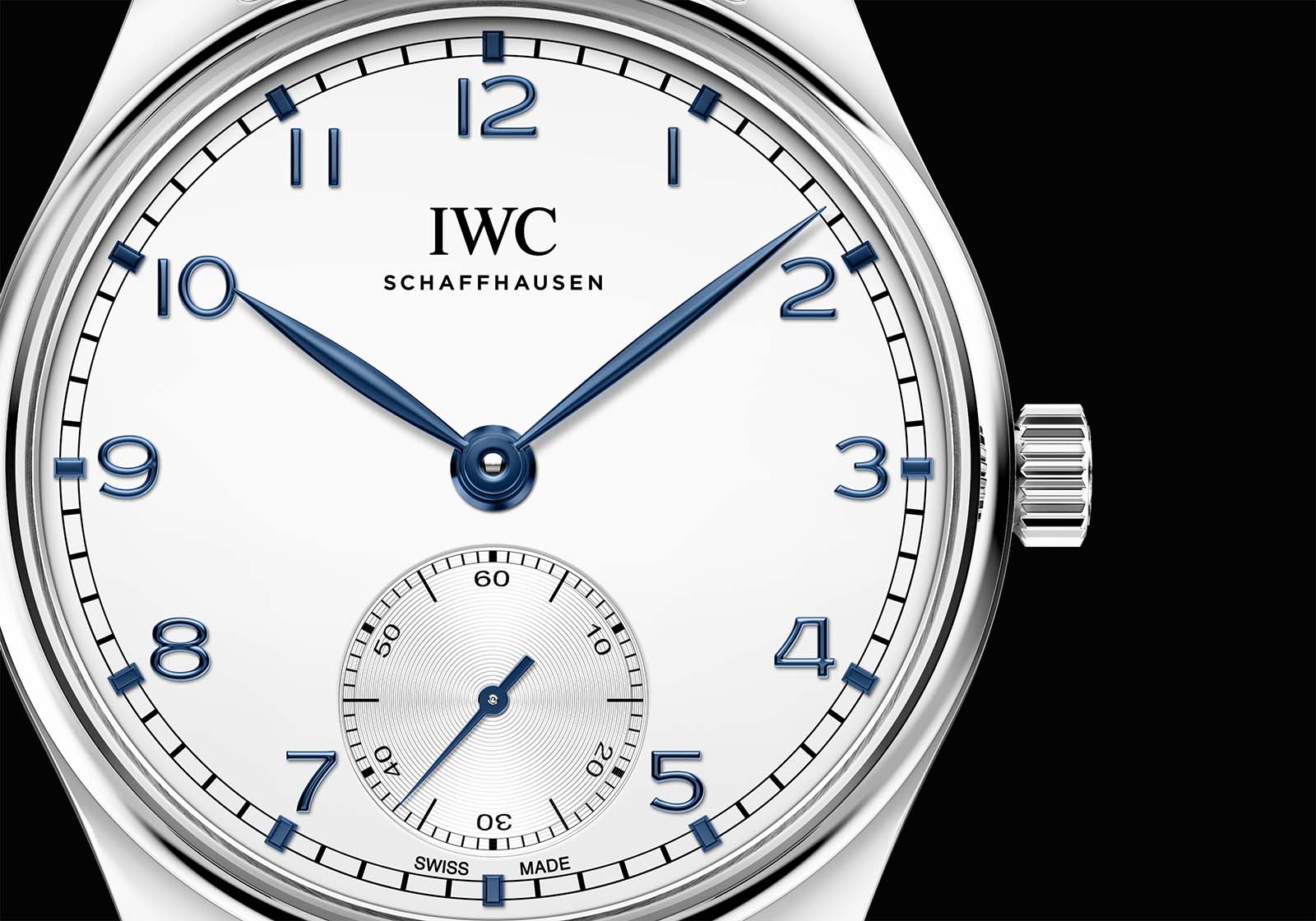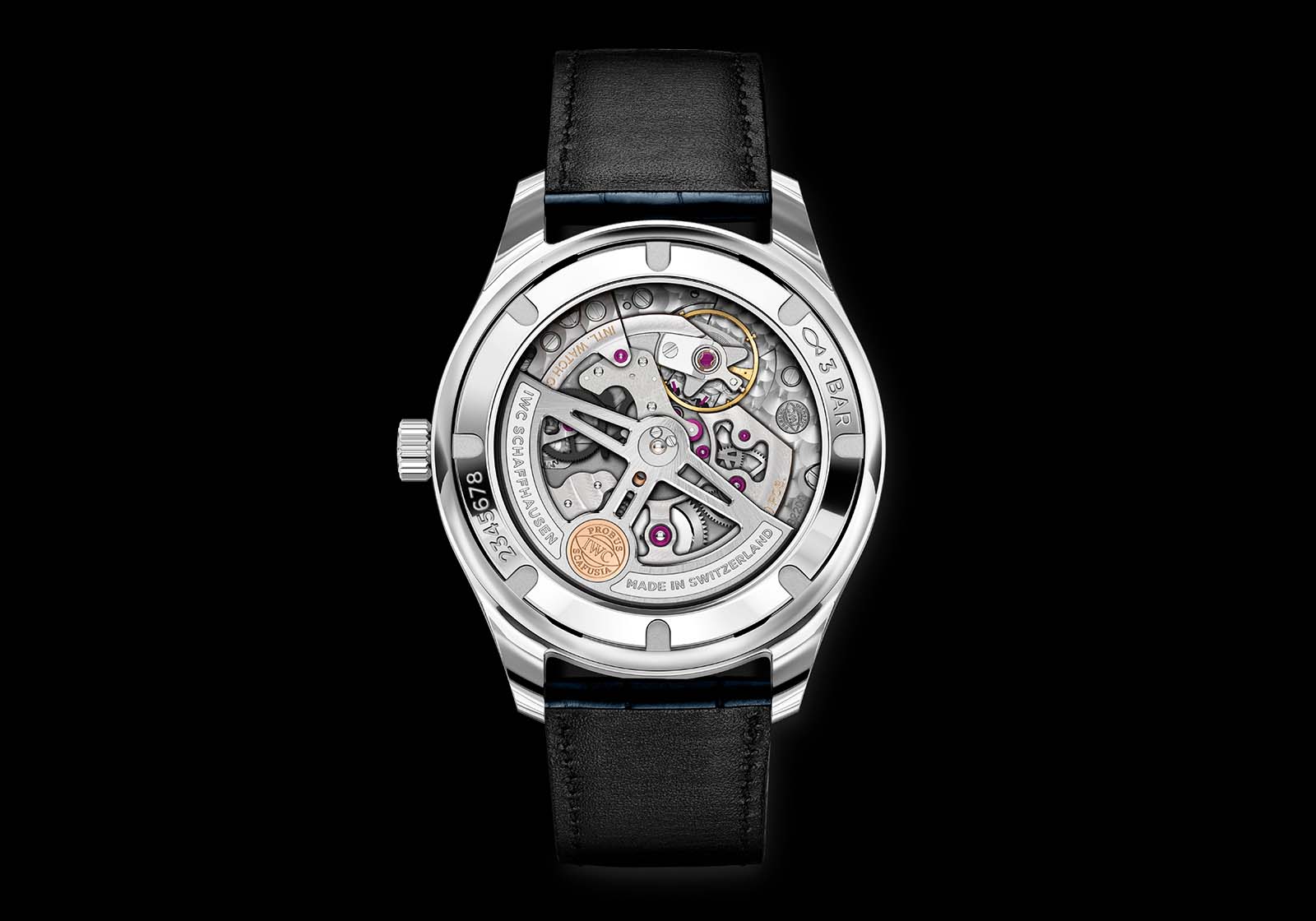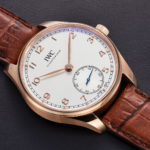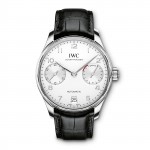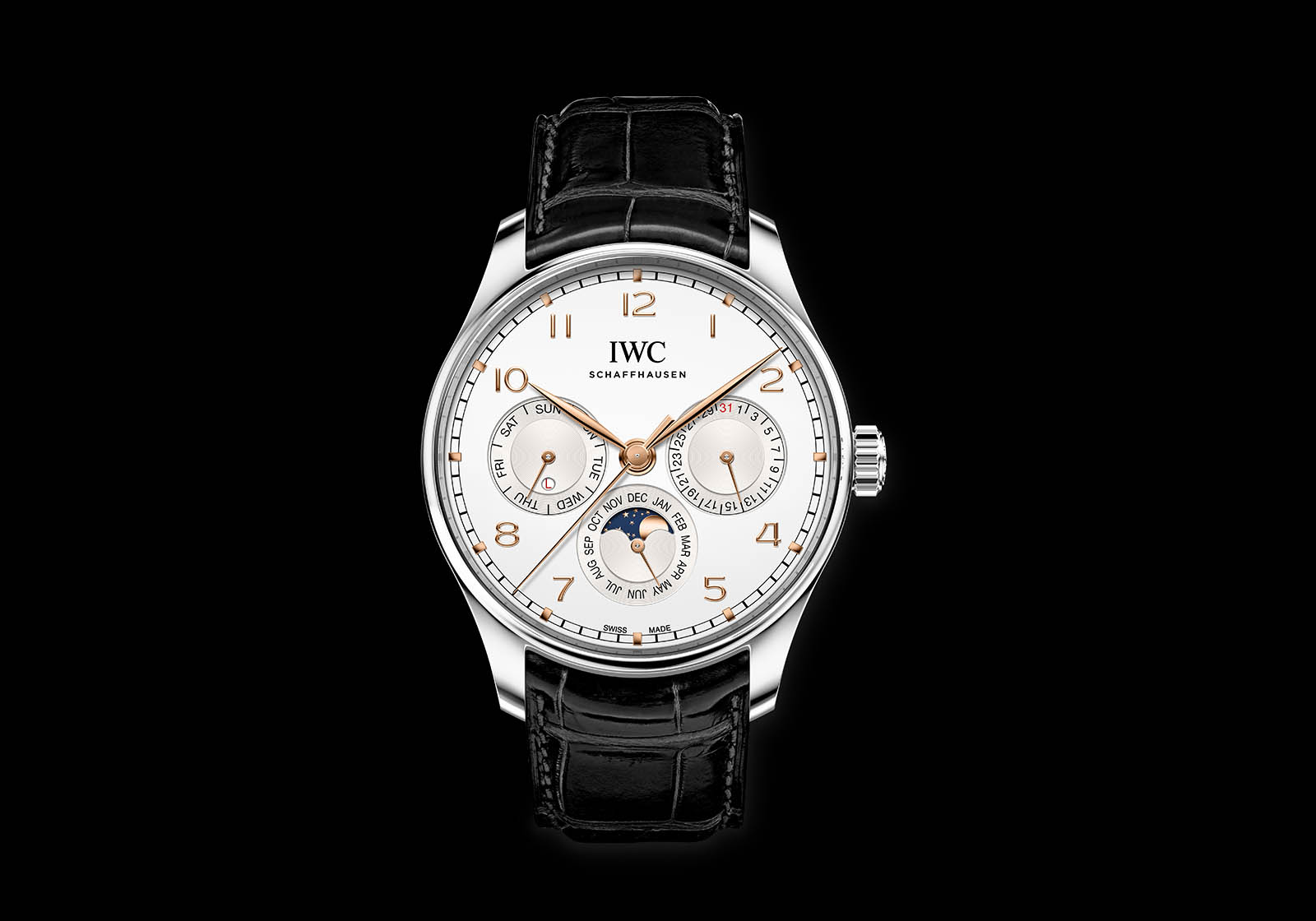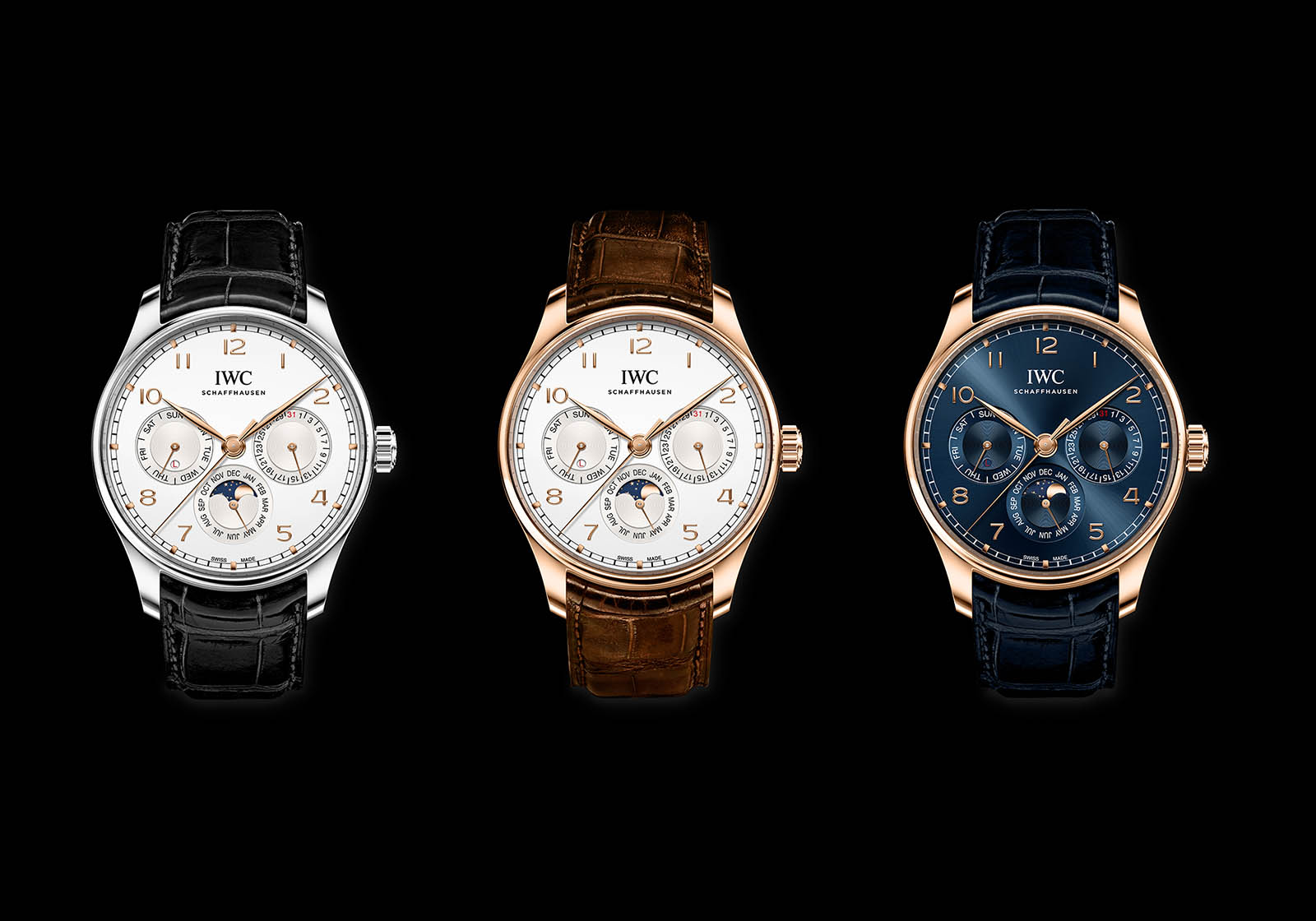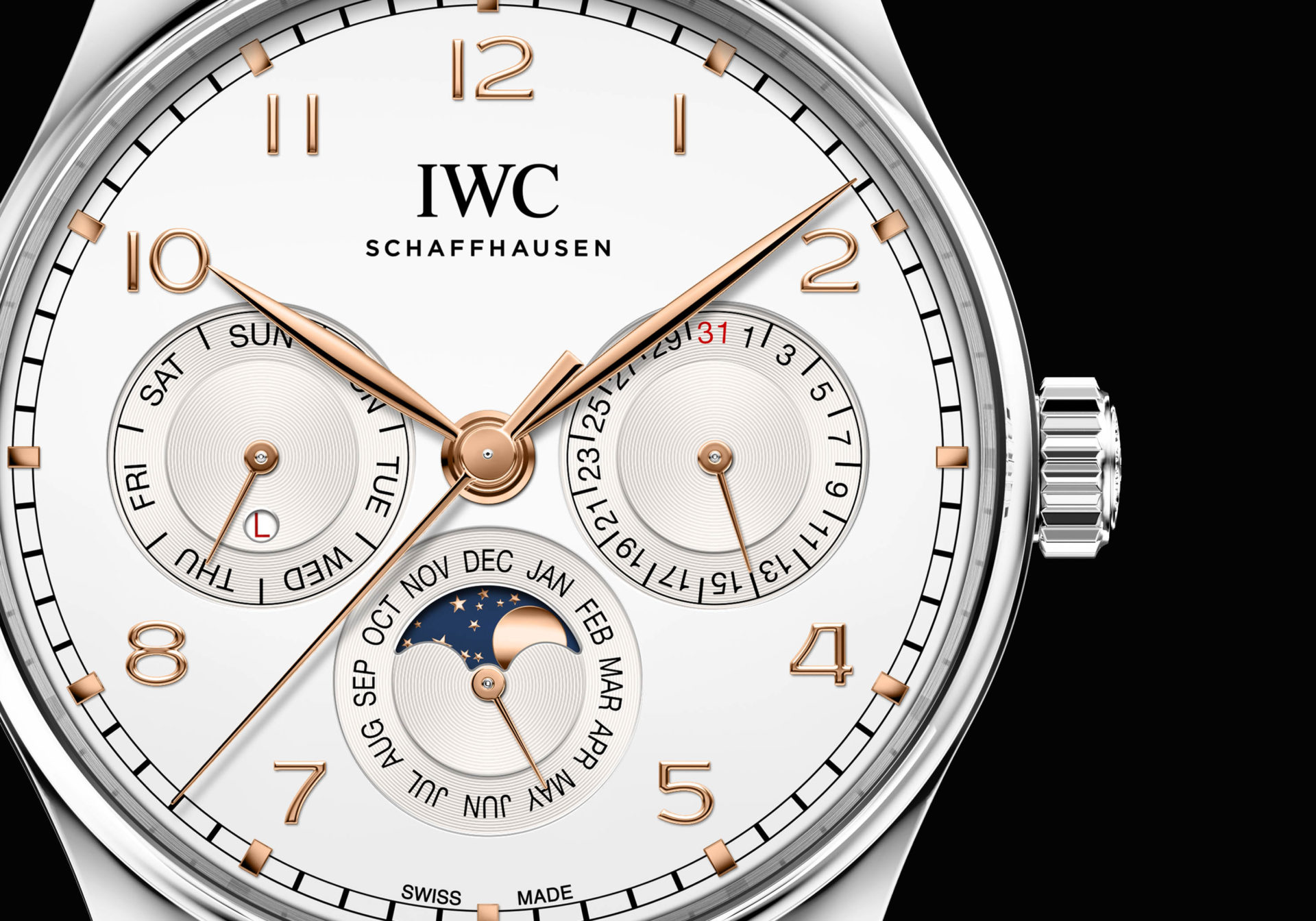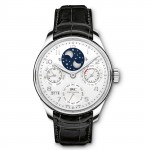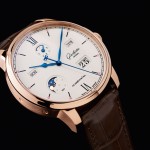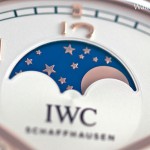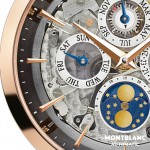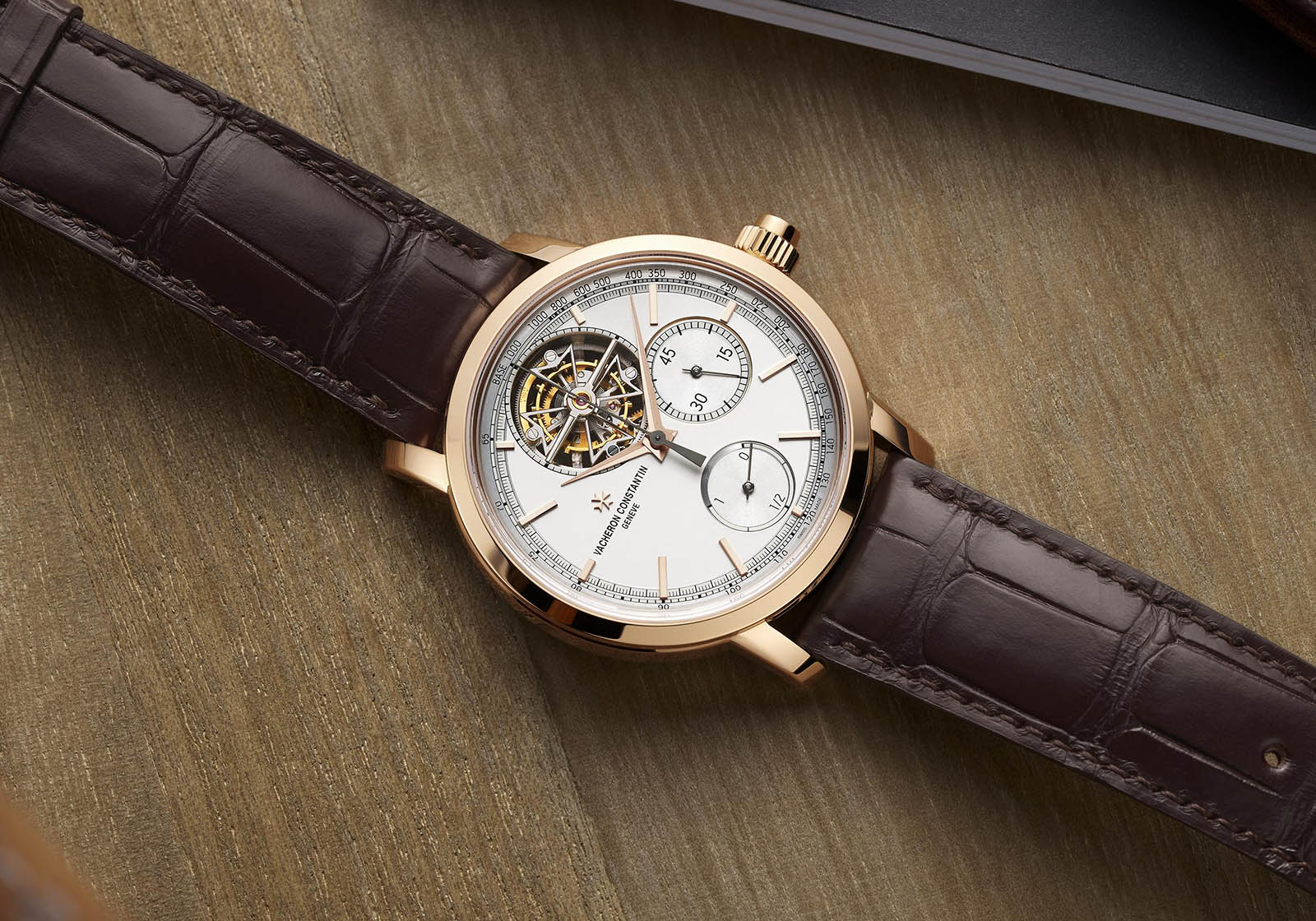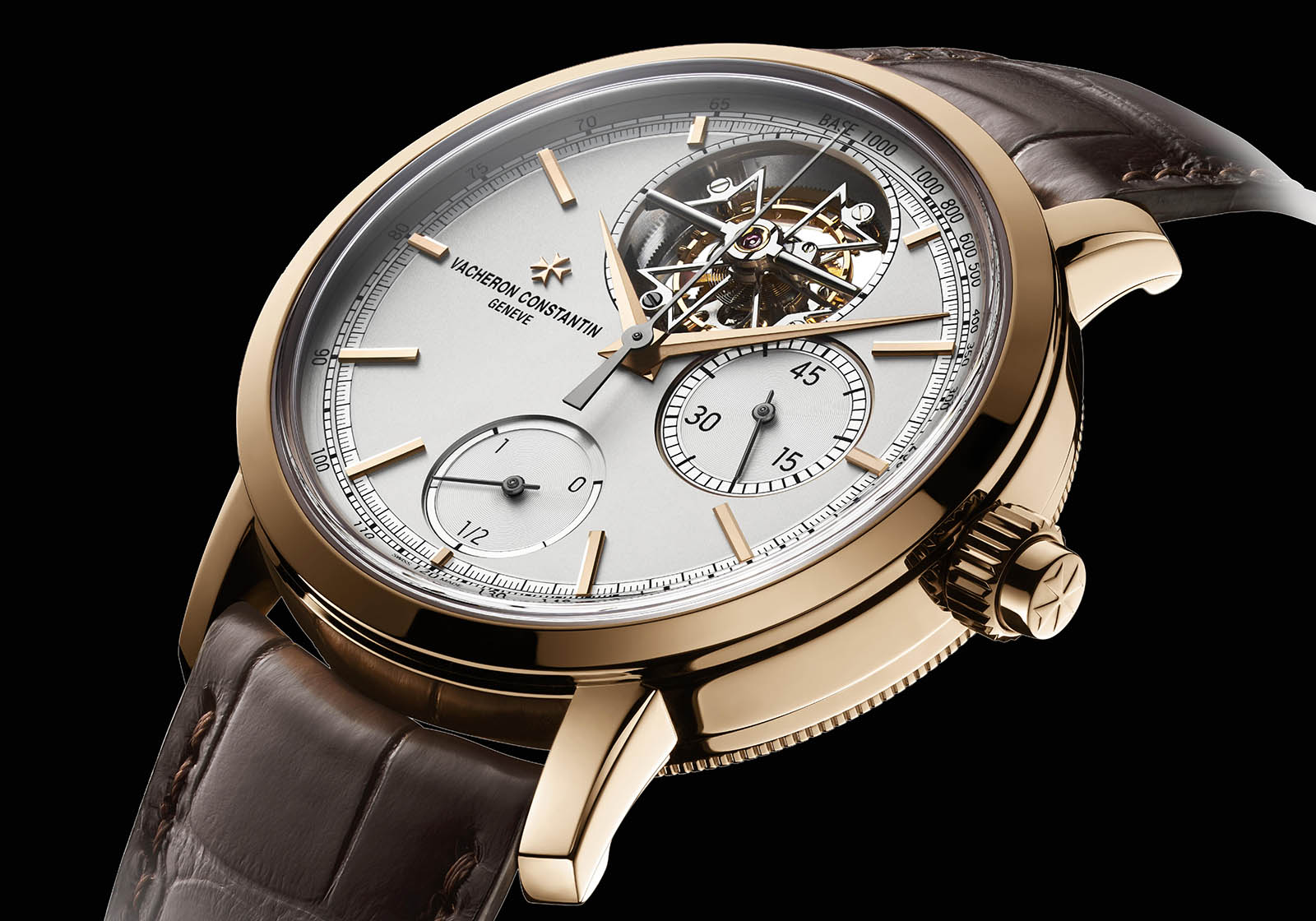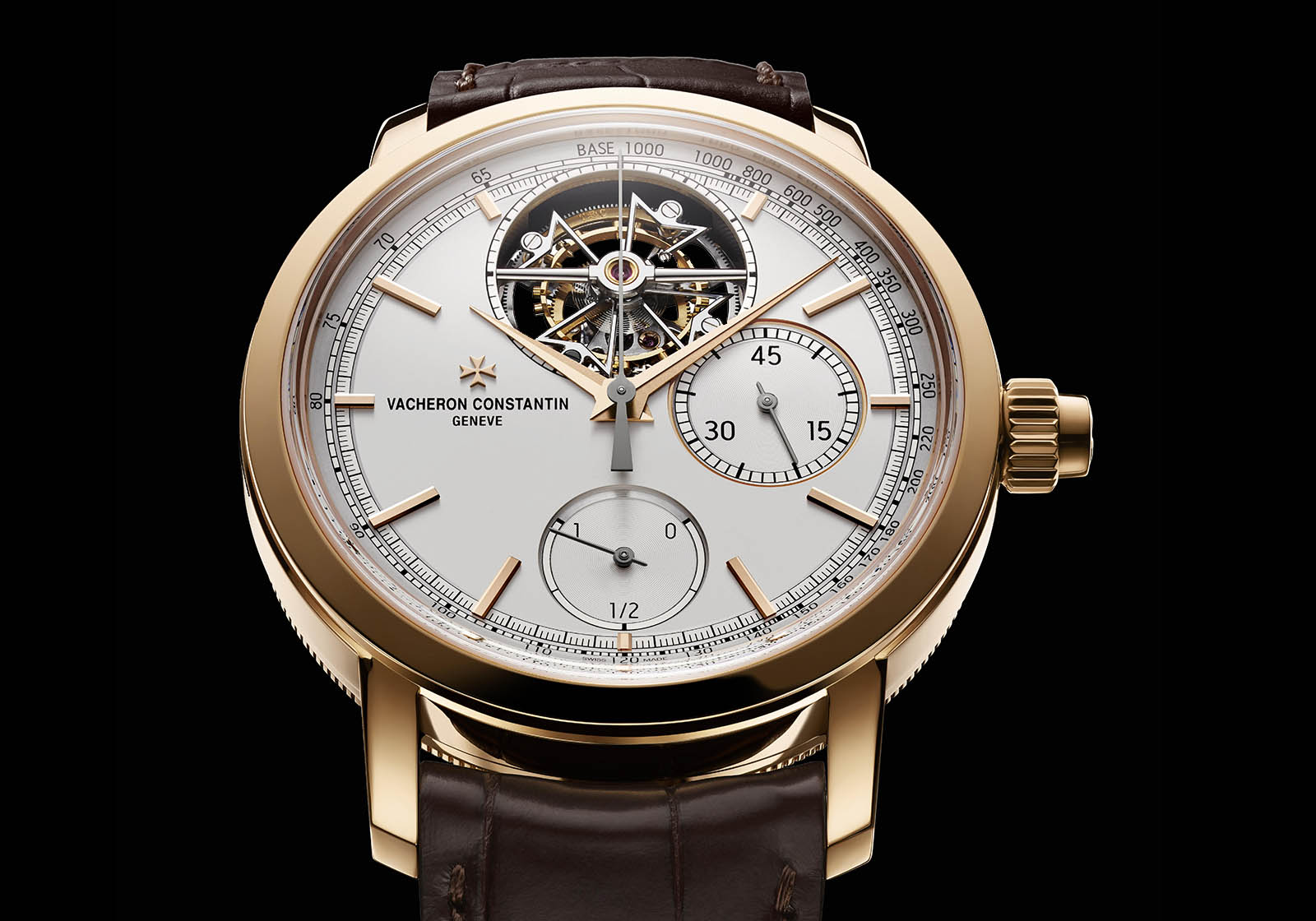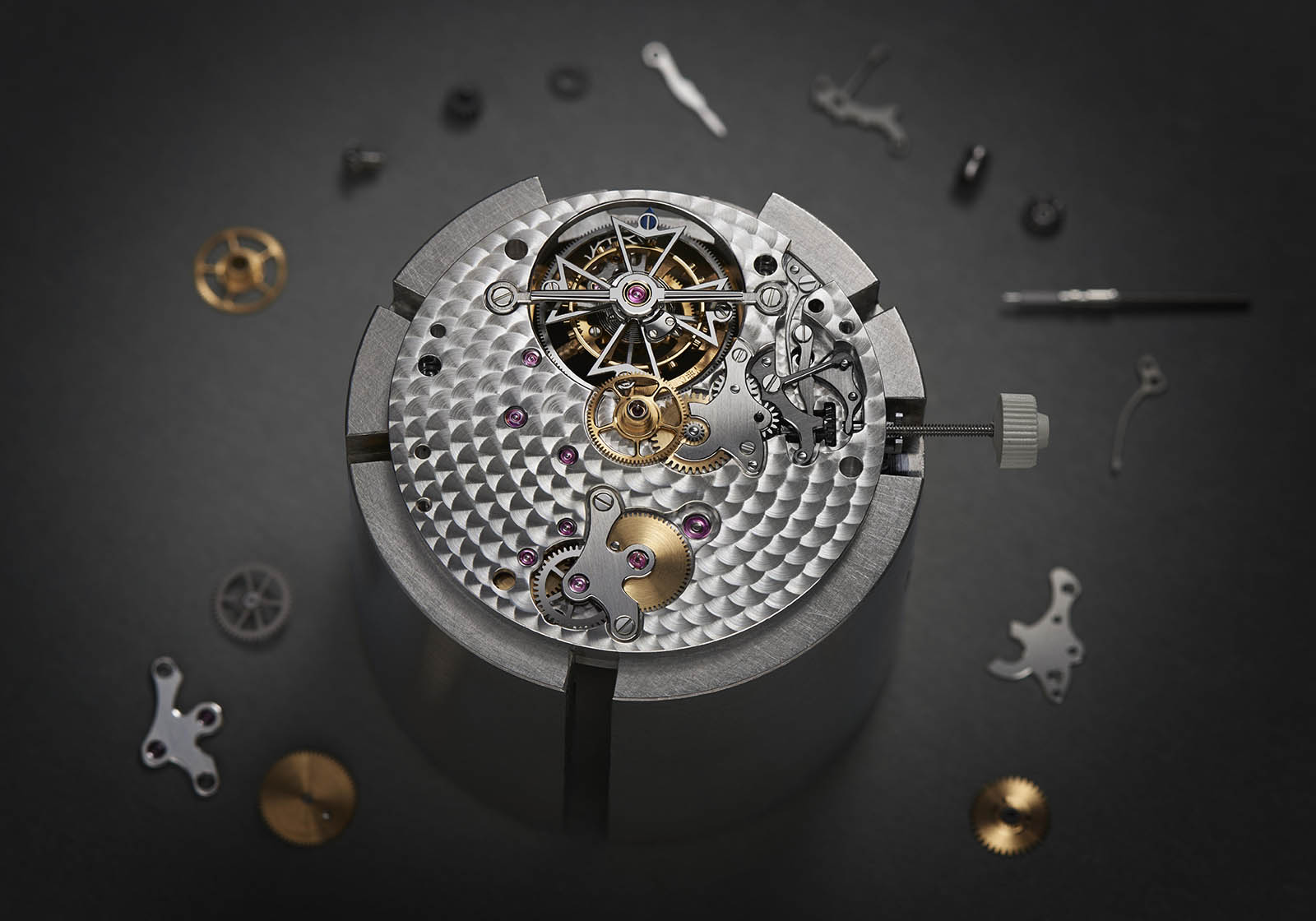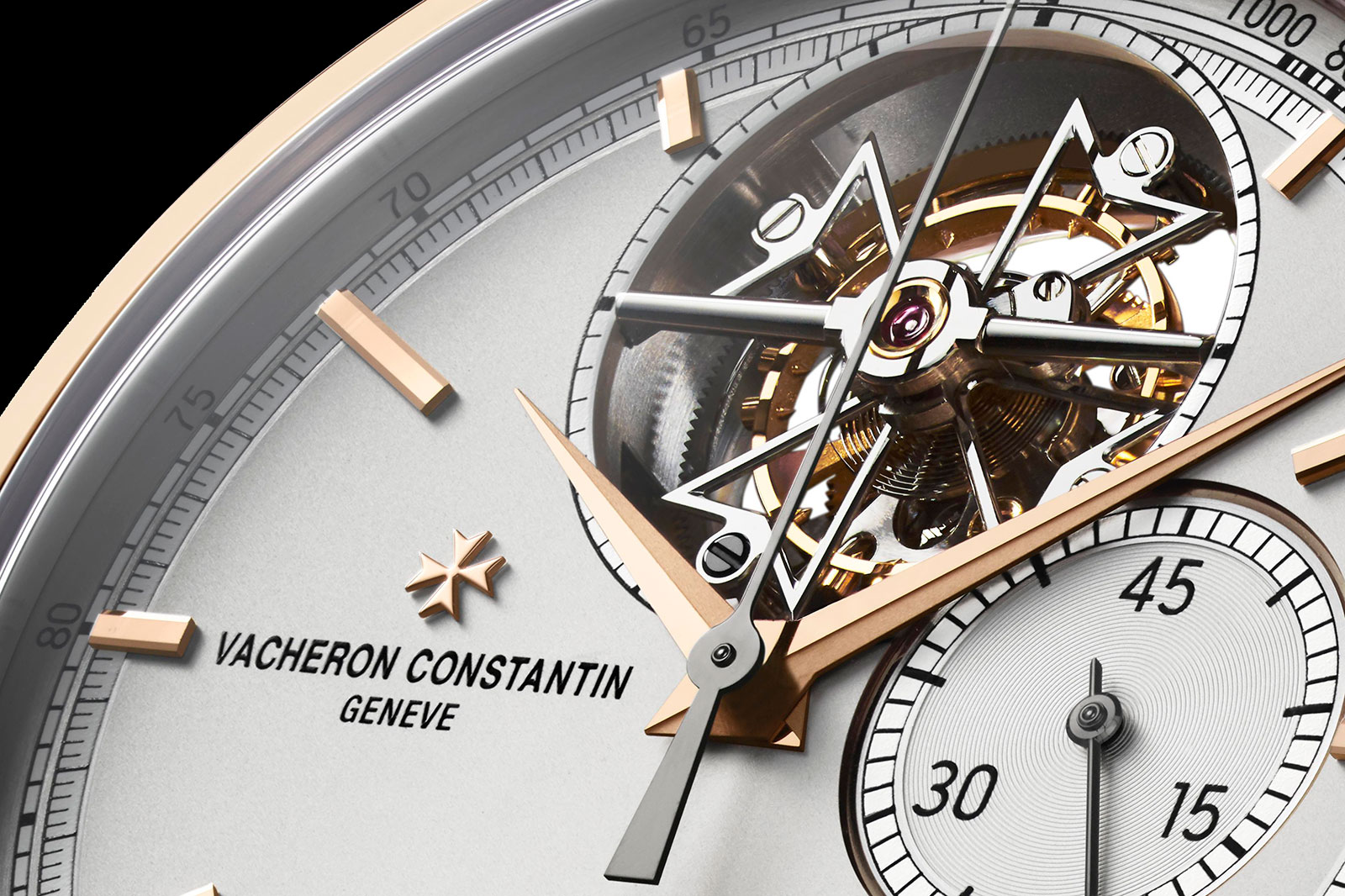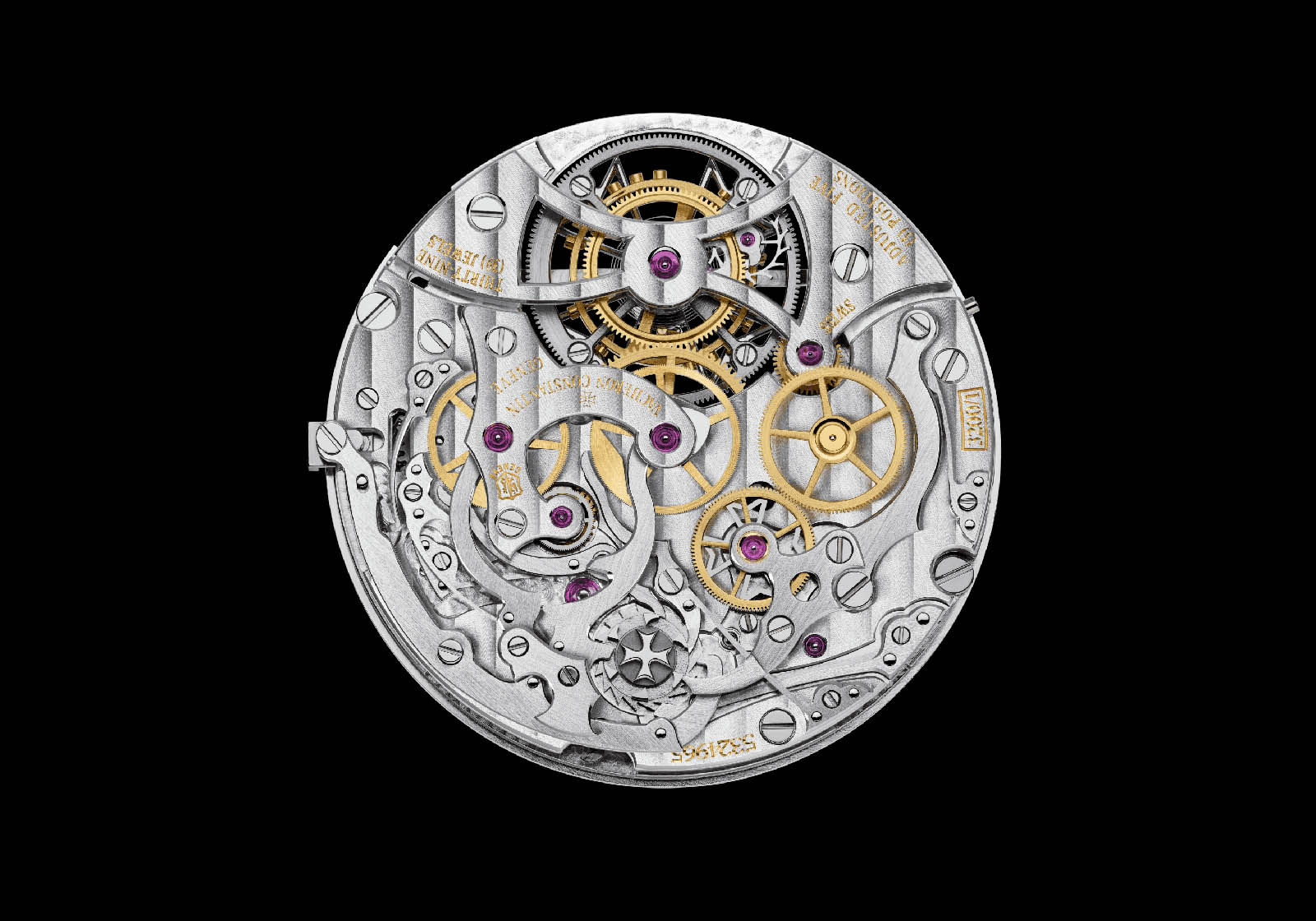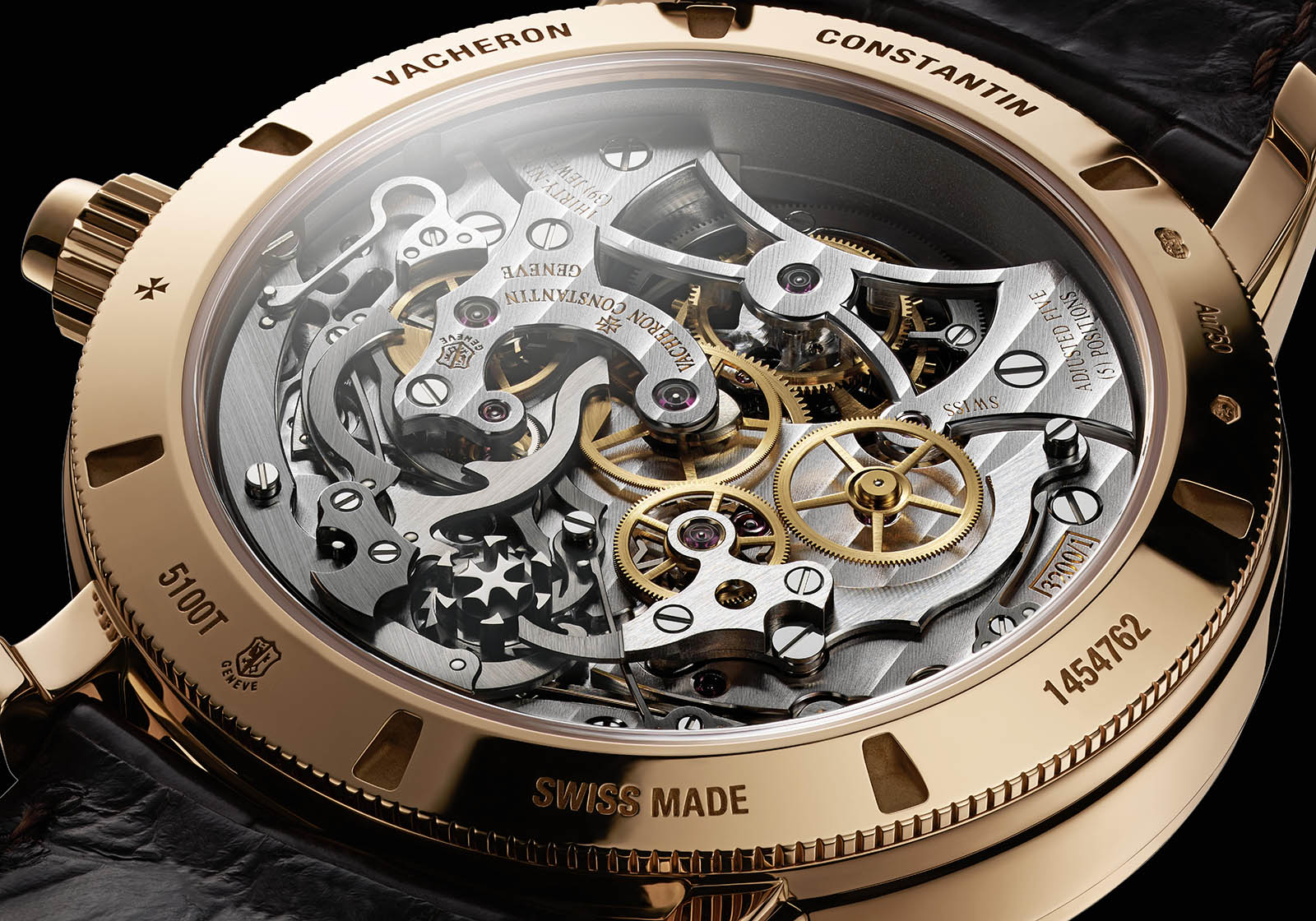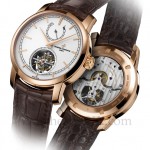Just revealed at Watches & Wonders 2020, the Les Cabinotiers Astronomical Grand Complication “Ode to Music” is the latest chiming watch to emerge from Ateliers Cabinotiers, Vacheron Constantin’s dedicated department for commissions and ambitious unique pieces that showcase the brand’s technical as well as artisanal skills.
If the watch looks familiar, that’s because it is based on the Les Cabinotiers Celestia Astronomical Grand Complication 3600, the most complicated wristwatch ever created by Vacheron Constantin at the time of its launch in 2017, but more importantly, the most comprehensive astronomical complication wristwatch ever made. The new Ode to Music retains all of its astronomical prowess, but replaces the tourbillon with a minute repeater, while omitting the tide indicator and power reserve display.
Rebuilt grand comp
As a result, the Ode to Music retains the same astronomical display module but is actually constructed on an entirely different base movement from the Celestia. While the Celestia relied on a base movement with a tourbillon and six barrels, the Ode to Music utilises the minute repeating cal. 1731, a wide but ultra-thin movement measuring just 3.9 mm high.
Comprising a total of 600 parts, the resulting cal. 1731M820 is hand-wound, with a frequency of 3Hz and a 60-hour power reserve on a single barrel.
Because of the thinner base movement, the Ode to Music clocks in at a relatively svelte 12.45 mm high, versus 13.6 mm for the Celestia. But because the complications module remains similar, the diameter remains an enormous 45 mm. The pink gold case is paired with a dark blue dial, which perhaps better evokes the astronomical nature of the complications.
At its core, the Ode to Music delivers three measurements of time: civil time, apparent solar time, and sidereal time, all regulated by a single balance wheel but each driven by its own gear train, in addition to the going train for the minute repeater. The first two time indications are displayed on the dial, and the third on the back.
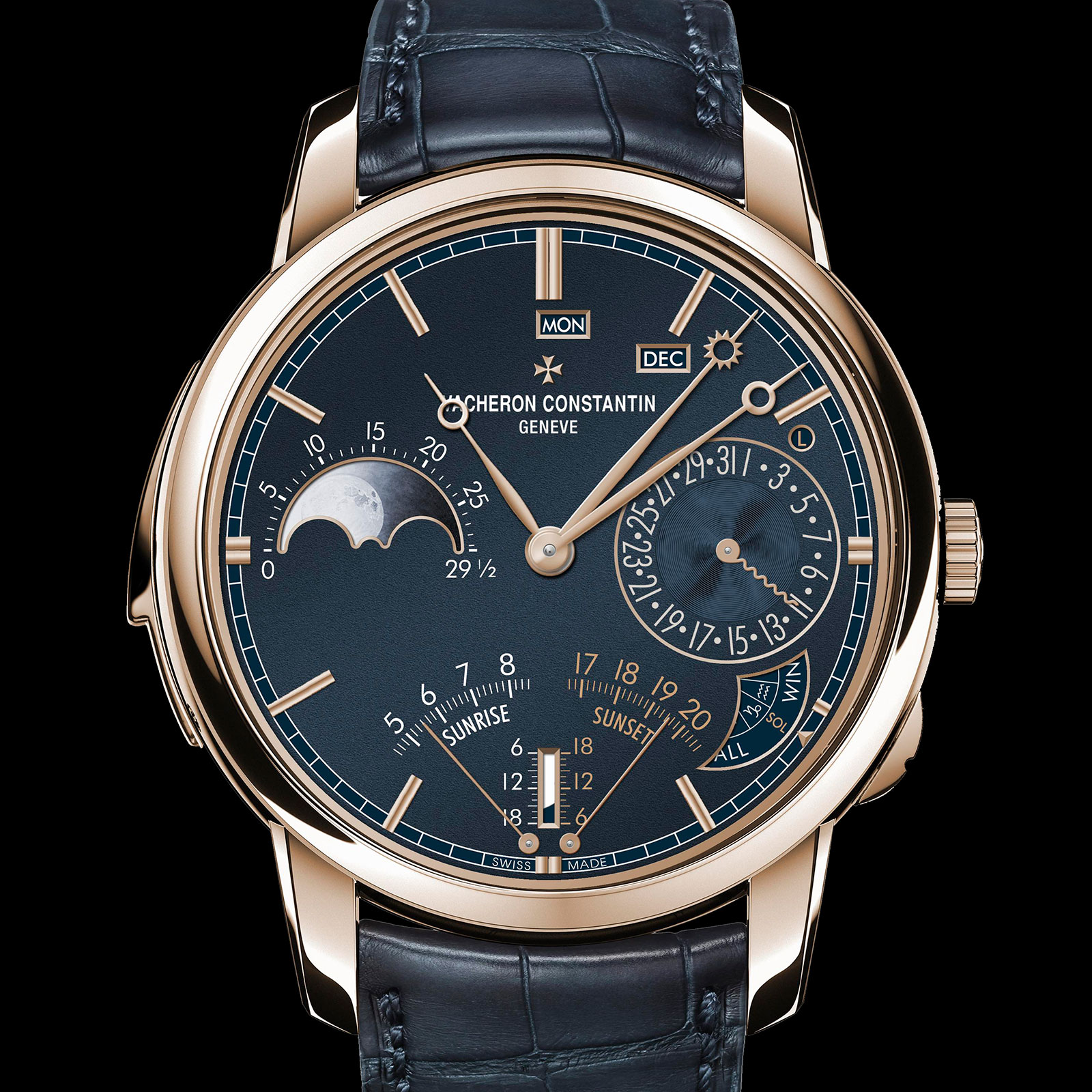
Civil time, ordinary 24-hour time in other words, is indicated by pink-gold Breguet-style hands, while apparent solar time, which is also the running equation of time, is shown by an additional minute hand tipped by a stylised Sun.
As opposed to a conventional equation-of-time mechanism that’s driven by a cam and feeler, a running equation of time requires a differential-gear system to drive the Sun hand with input from two sources, one being the regular going train that shows civil time, and the other being the gear train driven by the equation-of-time cam.
As a result, apparent solar time is displayed in real time, via the secondary, sun-tipped minute hand that shows the current time according to the Earth’s movement around the Sun, which can vary from the conventional 24-hour day by -16 to +14 minutes depending on the time of the year. In other words, the current apparent solar time can be read off the dial, instead of having a scale showing the difference between mean and apparent solar time as most equation of time indicators do.
As much astronomy as desired
Apart from the main hands, the dial displays a plethora of other astronomical indications including a day and night indicator that is combined with the moon phase, a perpetual calendar, a tropic and zodiac display and most unusually, sunset and sunrise times.
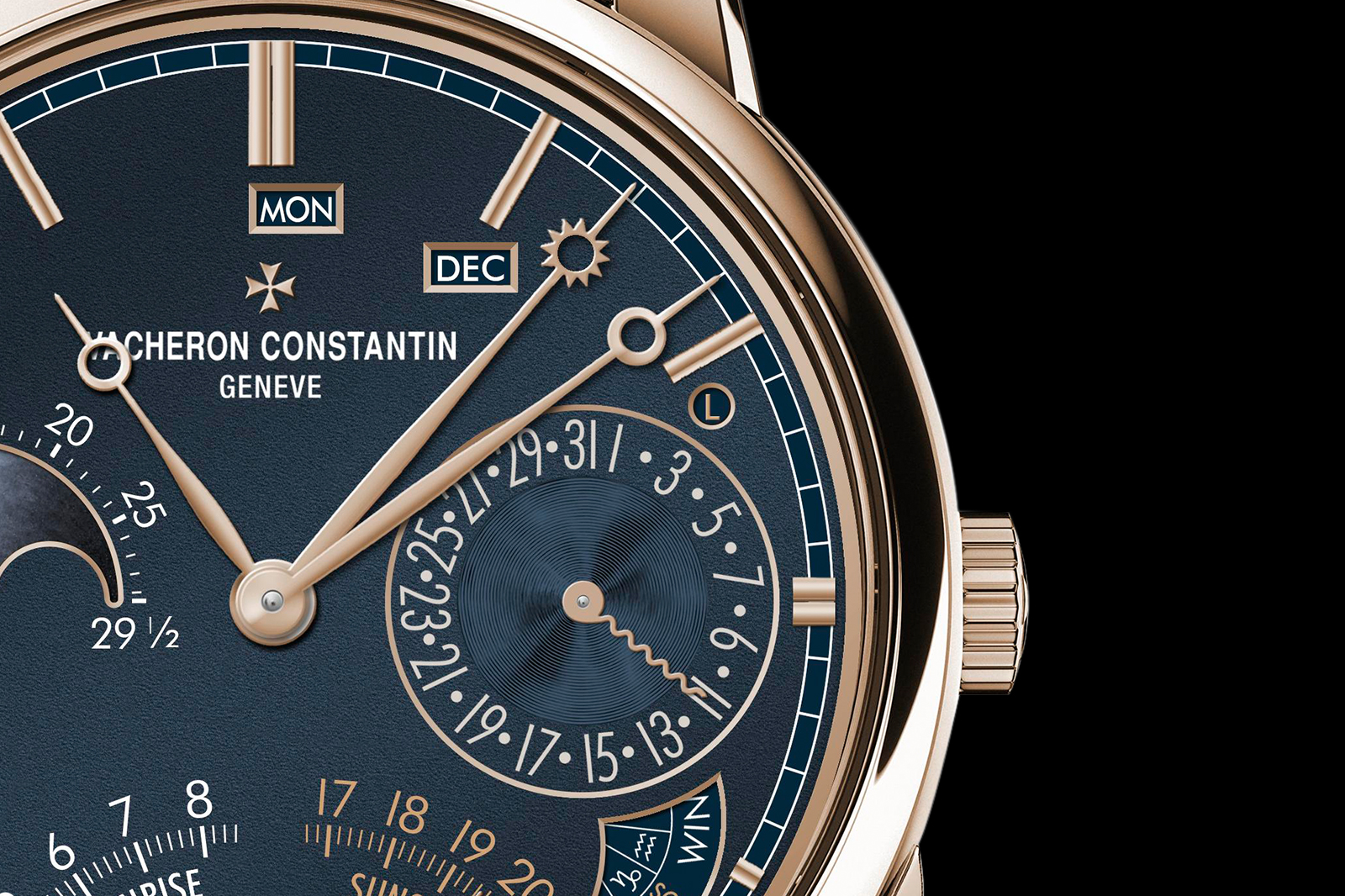
Situated between three and 12 o’clock, the perpetual calendar has day and month apertures, a leap year indicator and a sub-dial for the date
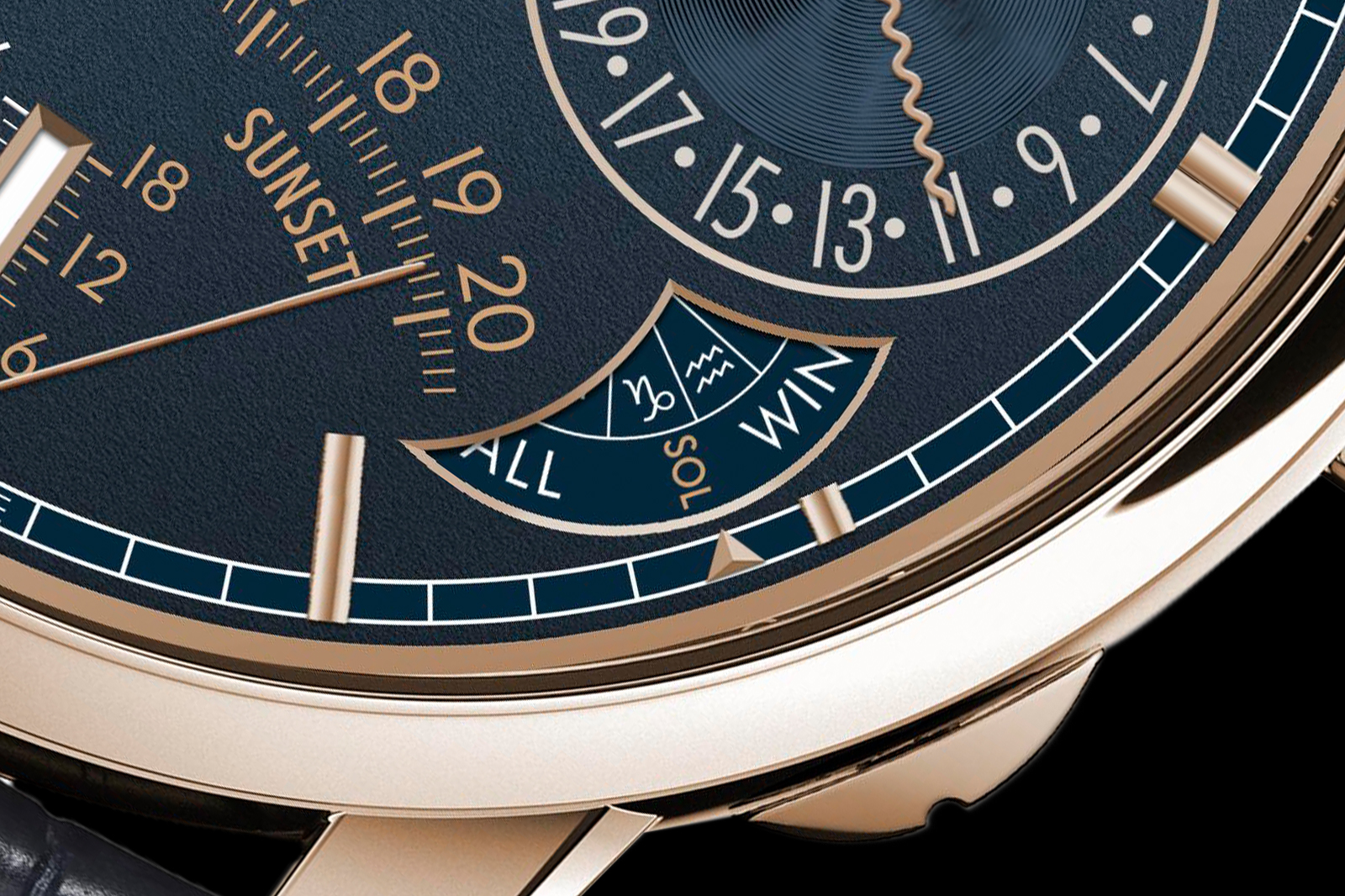
The aperture for zodiac signs, seasons, solstices and equinoxes
Sunset and sunrise indications remain extremely rare in modern watchmaking as they are based on latitude and longitude in relation to a specific time zone, essentially dependent on where the user is located in the world. In this case, the indications will be calibrated to the city of the owner.
The times for sunrise and sunset are shown on a pair of fan-shaped displays located the bottom of the dial, while the vertical aperture provides the length of the day in terms of daylight hours that varies with the seasons.
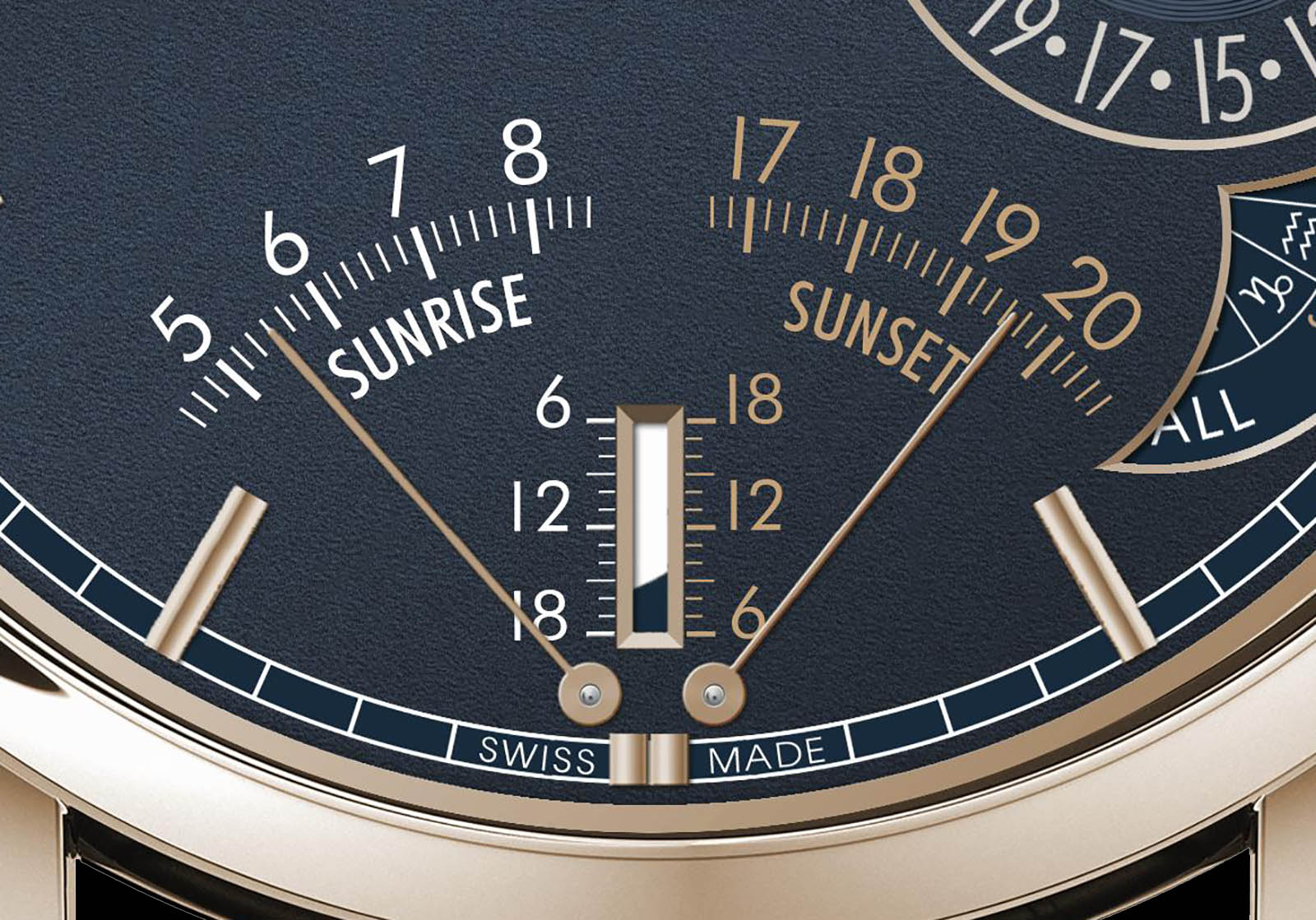
Over on the back of the watch is a sky chart that is made up of two sapphire discs. The mobile lower disc is printed with a scale for sidereal time – the time measured according to the rotation of the Earth relative to fixed stars, instead of the Sun – and a blue ellipse that represents the viewing horizon directly overhead when stargazing.
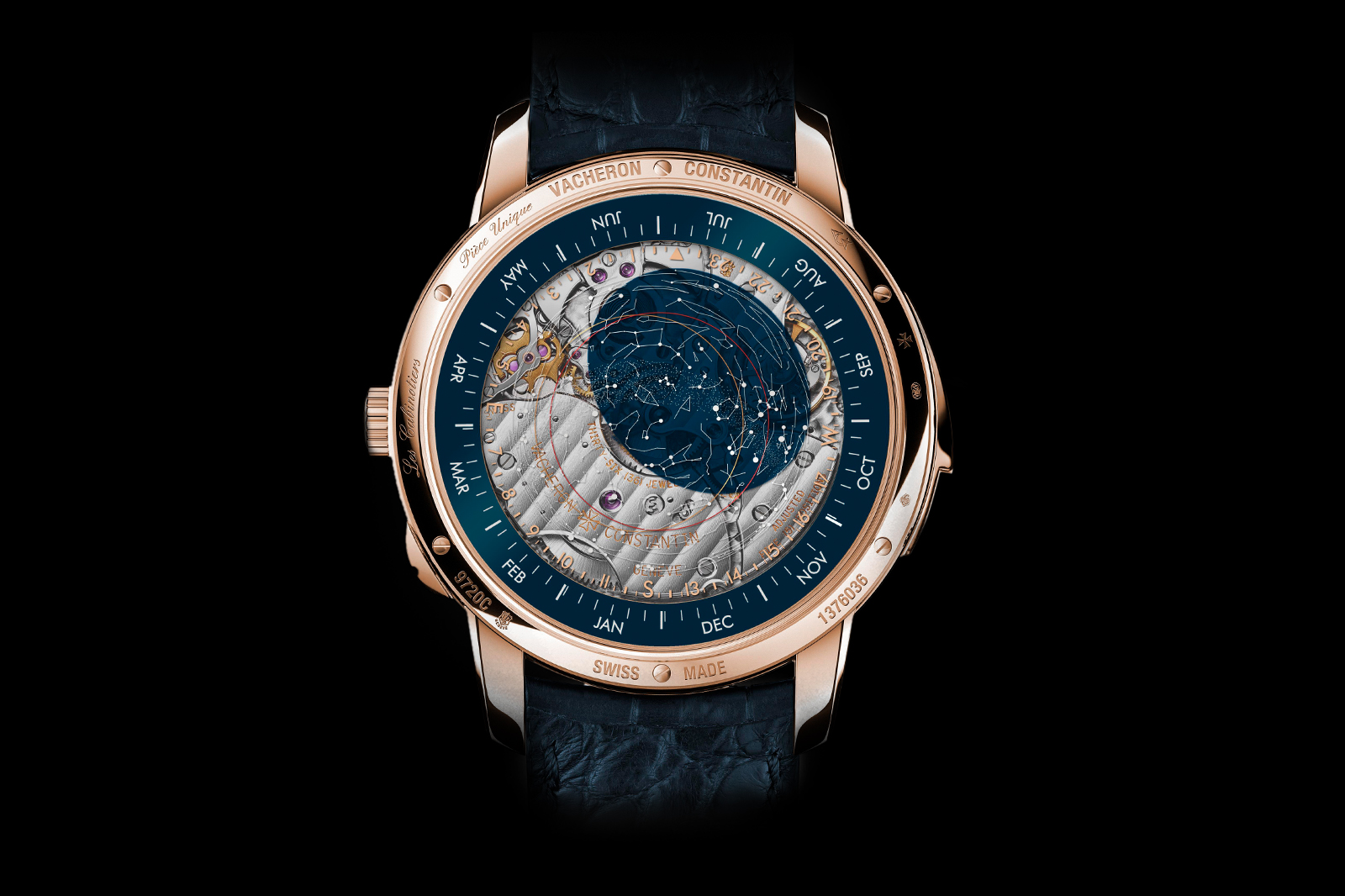
The fixed upper disc bears the star chart with a yellow ellipse for the celestial equator, which is a projection of the Earth’s equator onto the celestial sphere, and a red ellipse for the ecliptic, the apparent path the sun takes across our sky.
Framed by a blue ring for the months, the bottom sidereal disc makes one revolution each sidereal day which is 23 hours, 56 minutes and 4 seconds, thereby indicating the month on the fixed scale with a yellow pointer exactly at midnight each day.
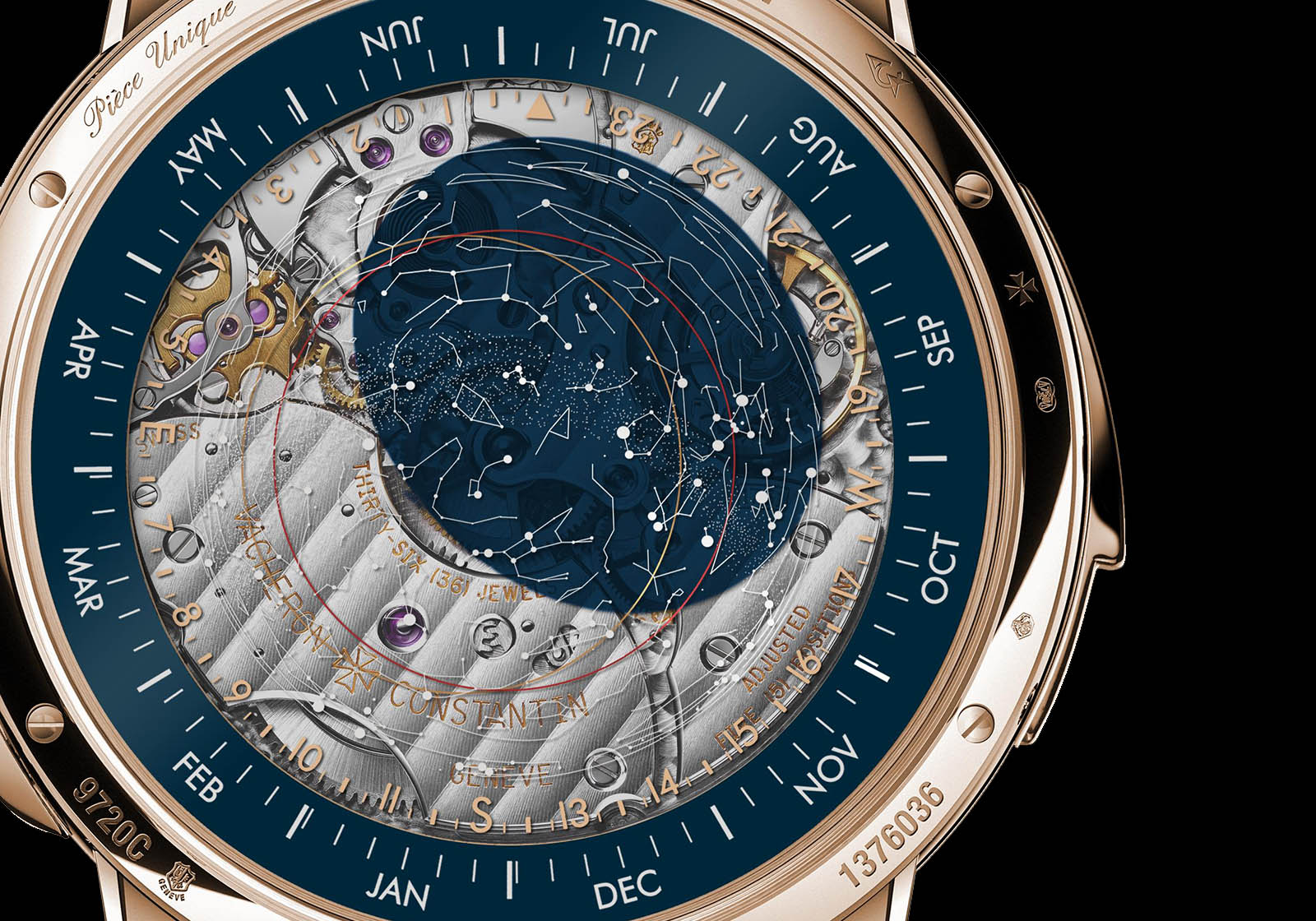
Key facts and price
Les Cabinotiers Celestia Astronomical Grand Complication
Ref. 6620C/00R-B656
Diameter: 45 mm
Height: 12.45 mm
Material: 18k pink gold
Water-resistance: Not water-resistant
Movement: Cal. 1731M820
Functions on the front: Civil time; running equation of time; minute repeater; perpetual calendar; moon phase; day and night indicator; sunrise and sunset indicator; day and night length indication; tropic and zodiac display
On the back: Sidereal time; sky chart of the northern hemisphere with indication of the Milky Way, of the ecliptic and celestial equator
Winding: Hand-wound
Frequency: 21,600 beats per hour (3 Hz)
Power reserve: 60 hours
Strap: Alligator with pin buckle
Limited edition: Unique piece
Availability: Only at boutiques
Price: Upon request
For more information, visit Vacheron-constantin.com.
Back to top.